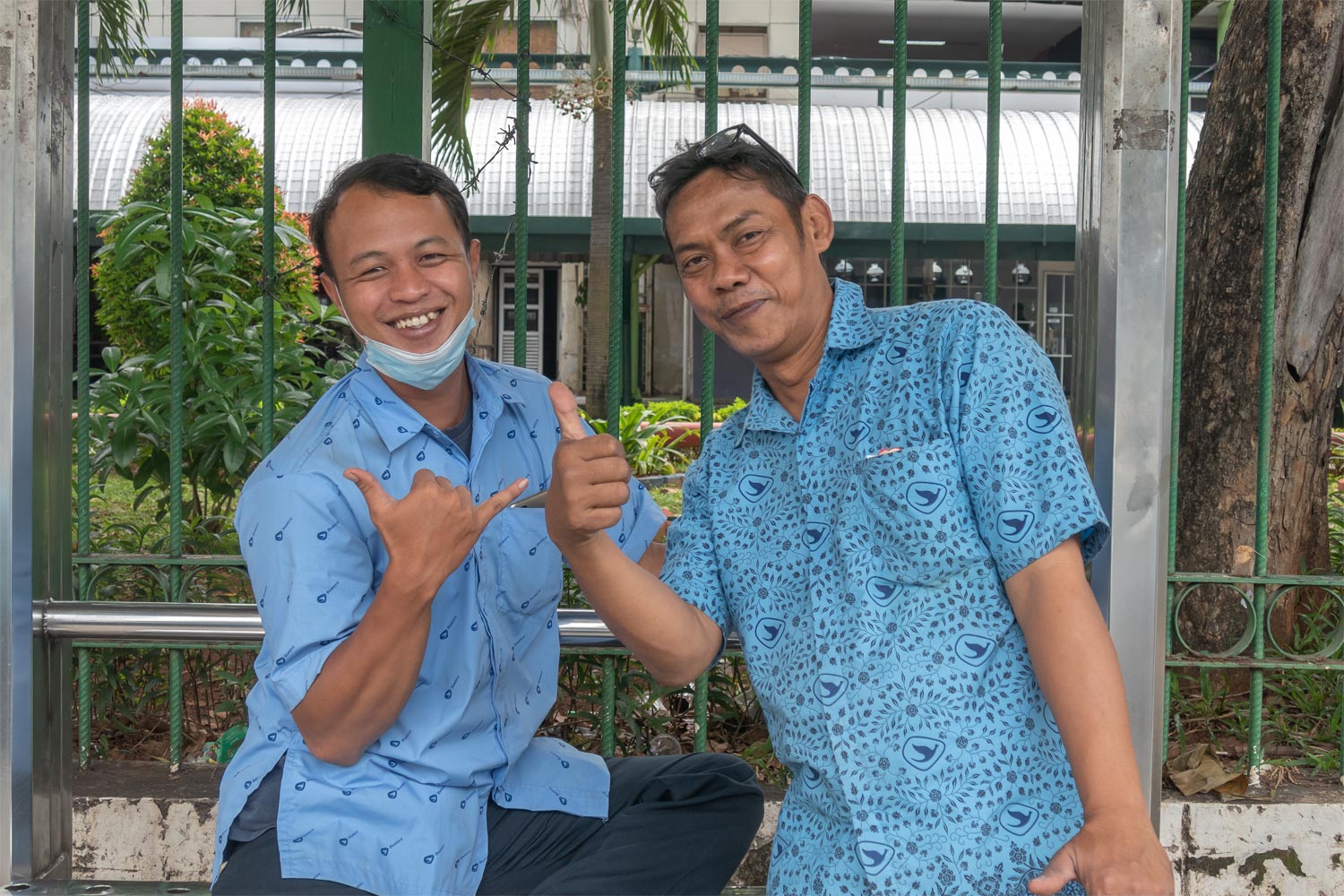Jakarta
Jakarta seemed to me a wild and criminal city. There was no reason to think so, just one day such an idea came to mind. Maybe I read something.
It turned out that this was not true. Jakarta is generally a passable Asian city. Something in between Delhi and Bangkok. It’s not as dirty here as in India, but still not as modern as in Thailand.
Another thing is that Jakarta is an absolutely dreary place. Most of the city is occupied by single-floor buildings.
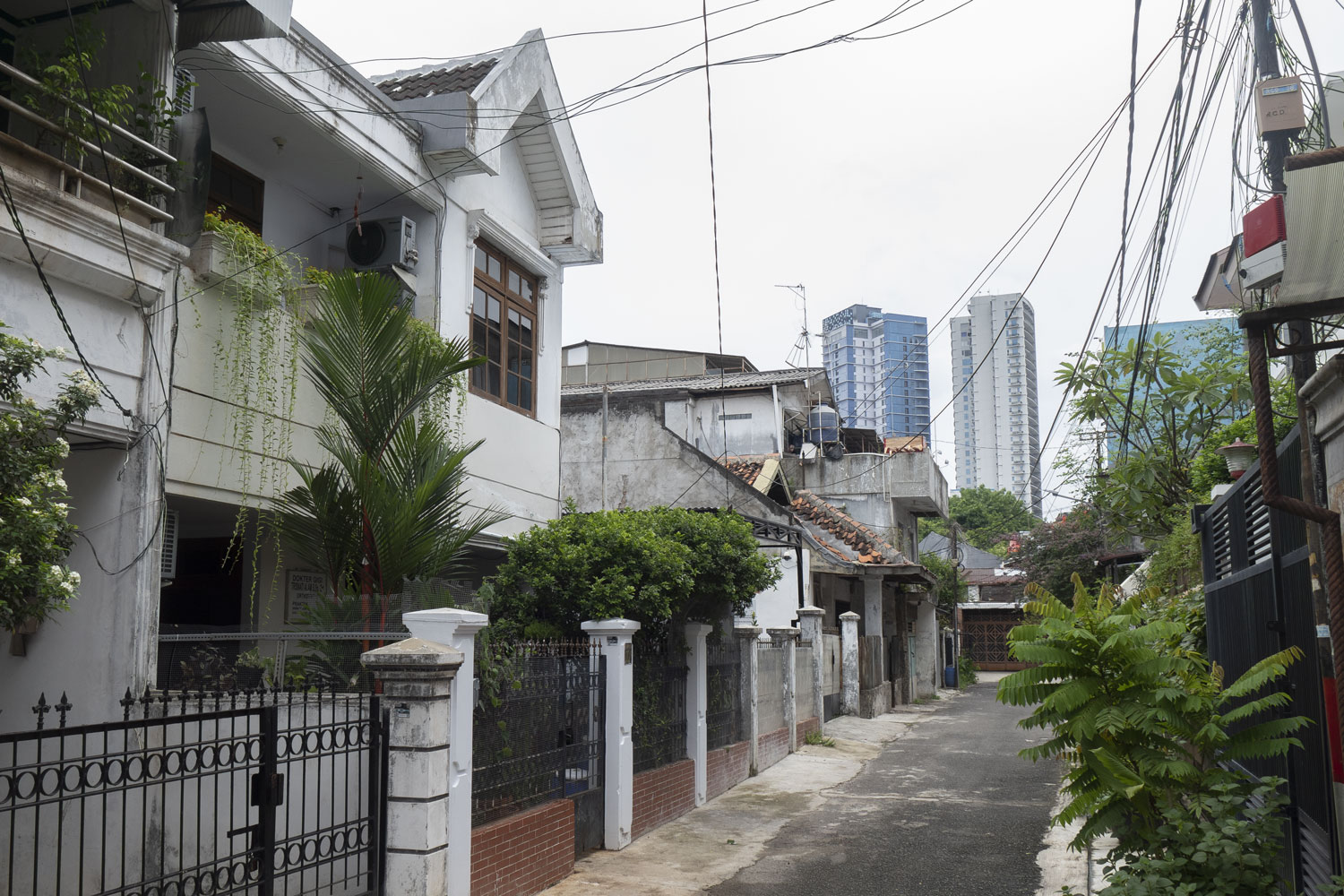
Some kind of semi-ghetto, semi-normal housing. In general, the neighborhoods are quite clean, the system of streets and houses is typical for Asia.
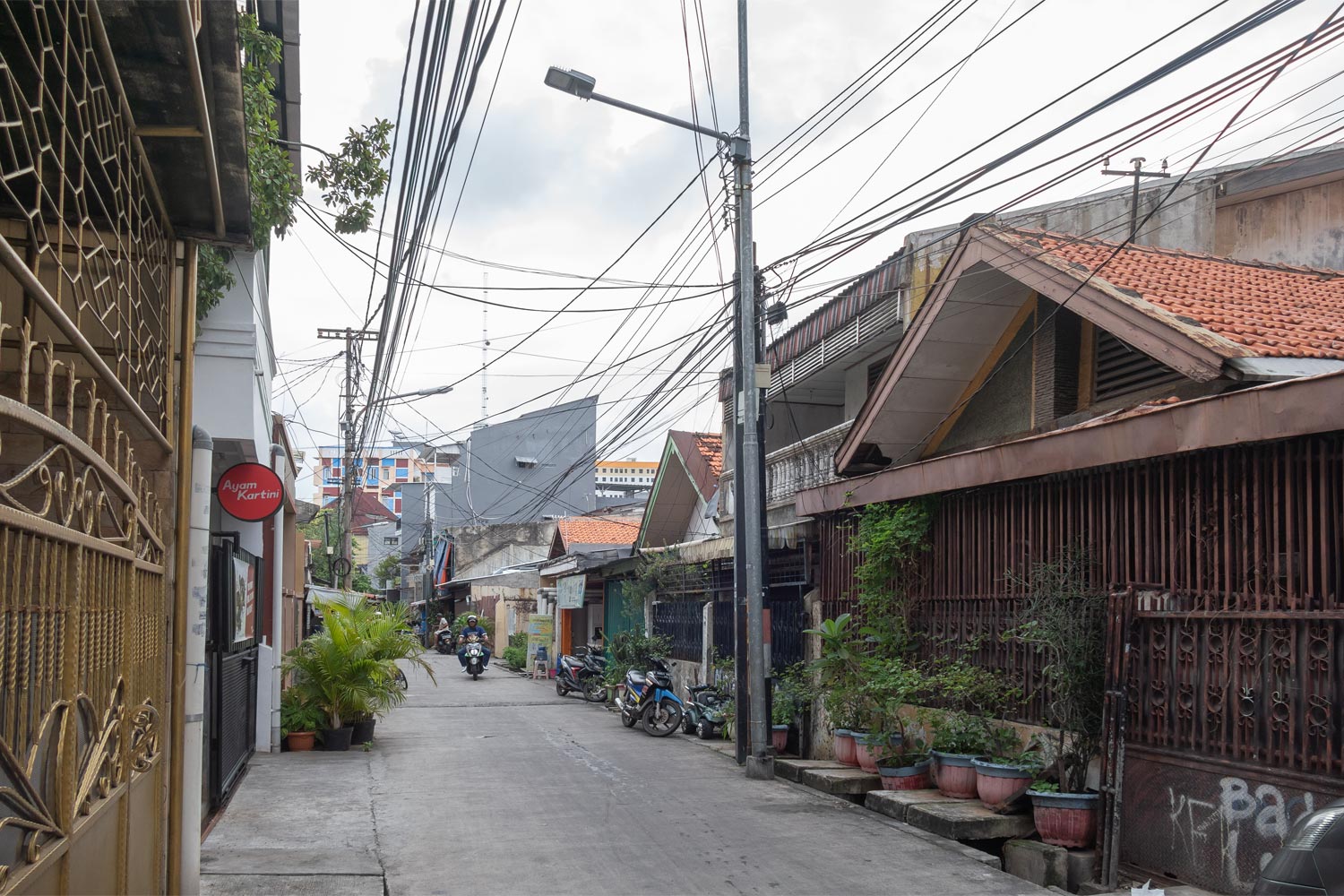
Crowds of locals walk and ride scooters through the streets.
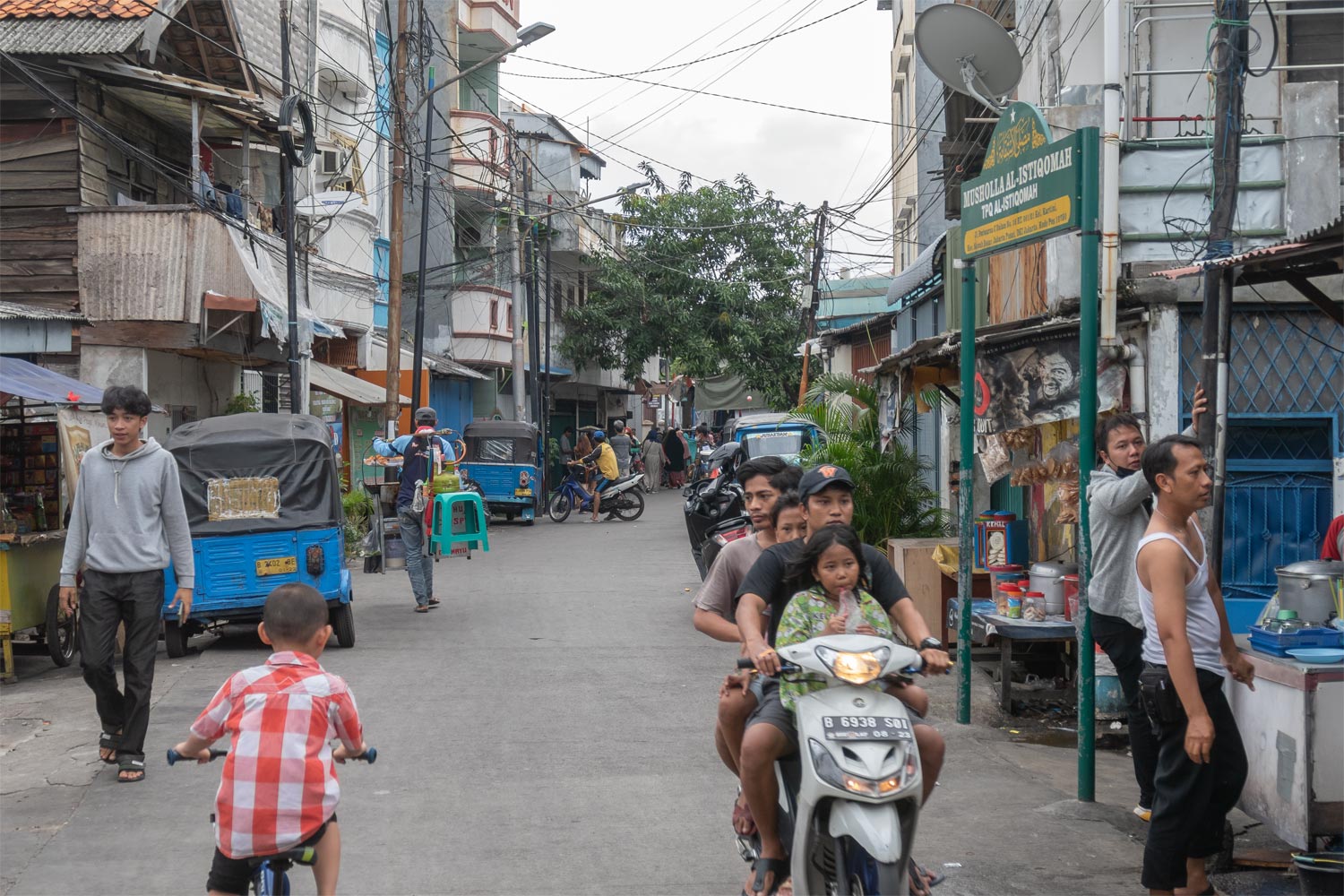
Almost every house has a built-in cafe or shop on the ground floor.
Shop:
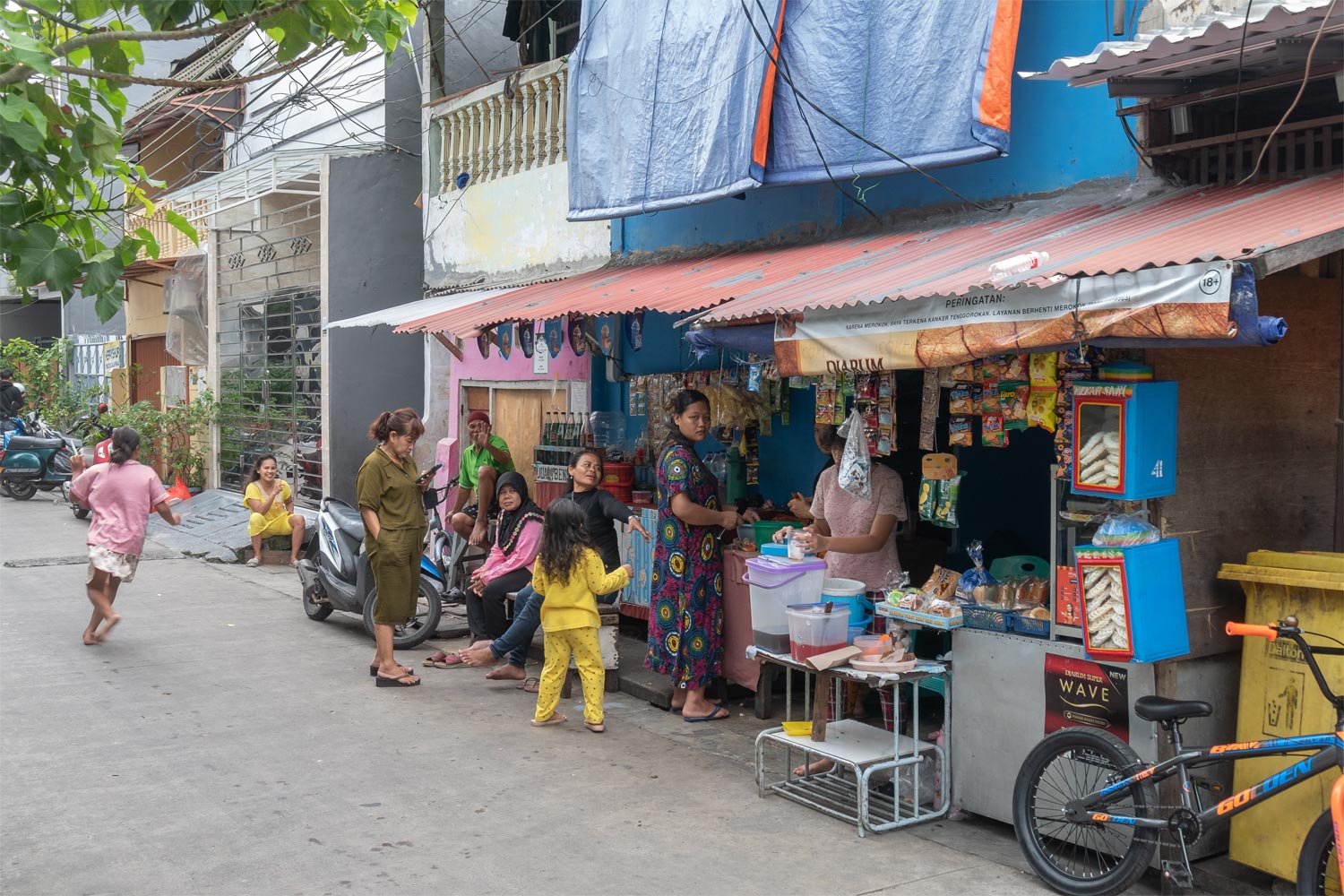
Tavern:
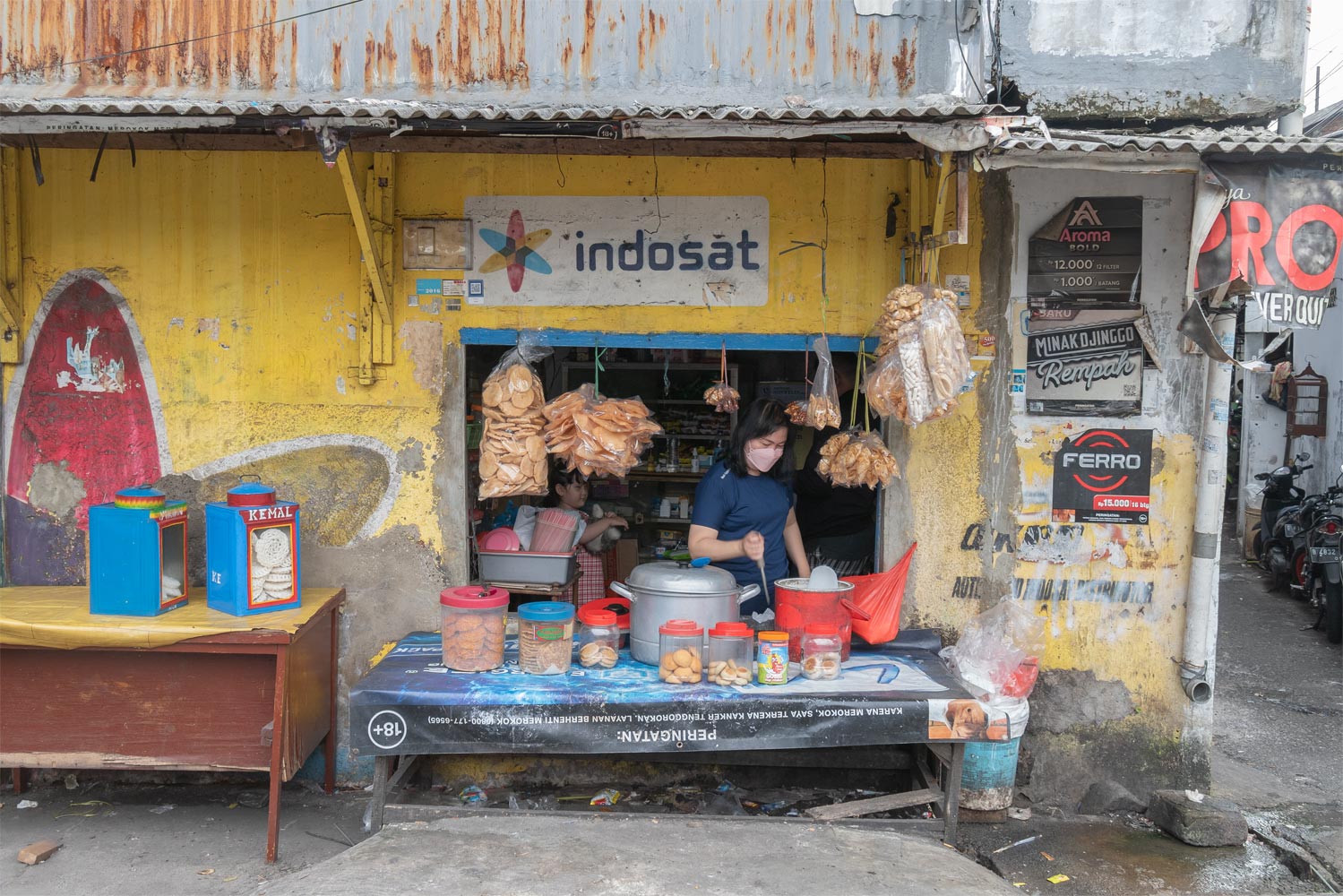
Laundry:
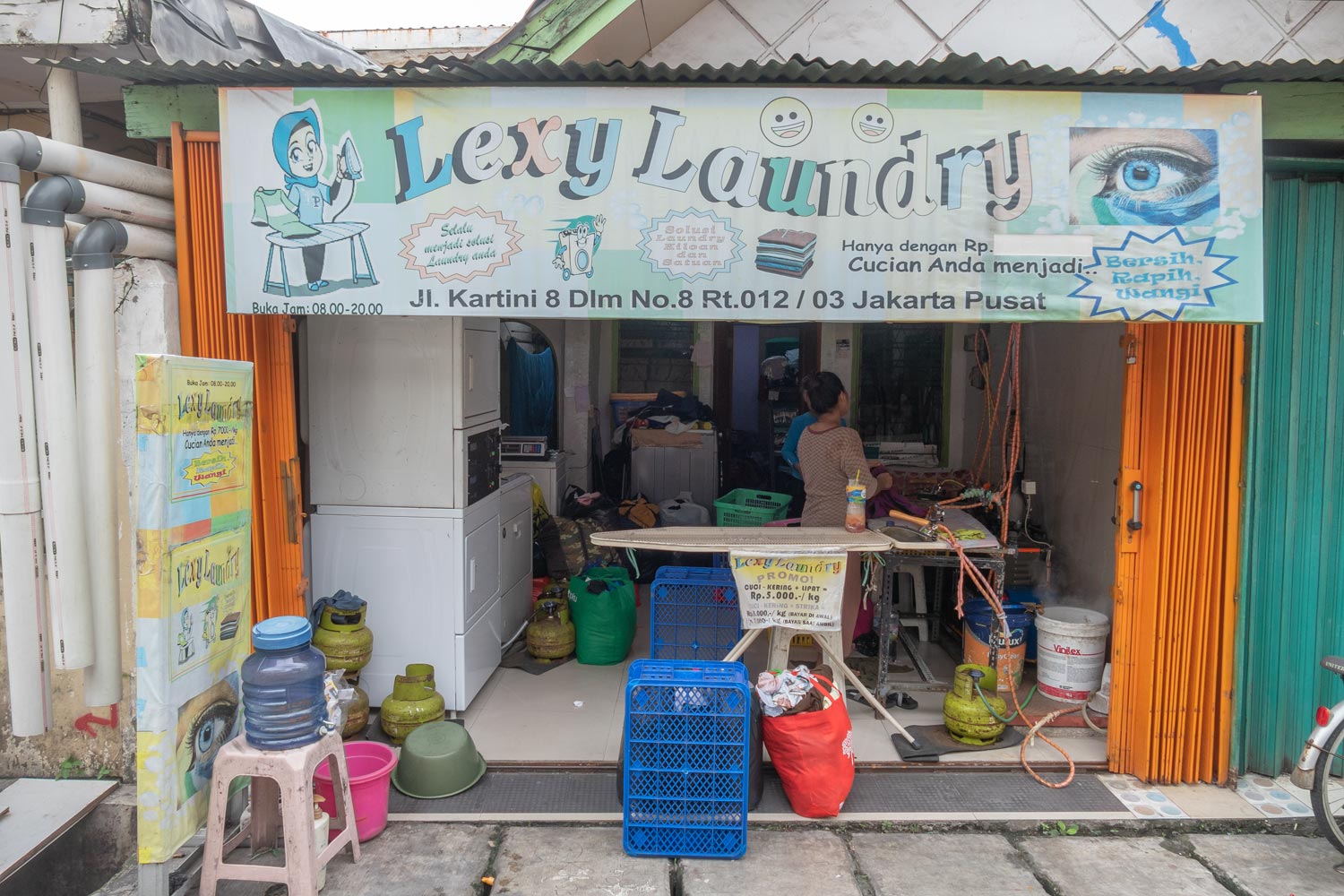
The appearance of a white foreigner in these parts causes a furor. Absolutely everyone is waving their hands. Everyone says hello, including children.
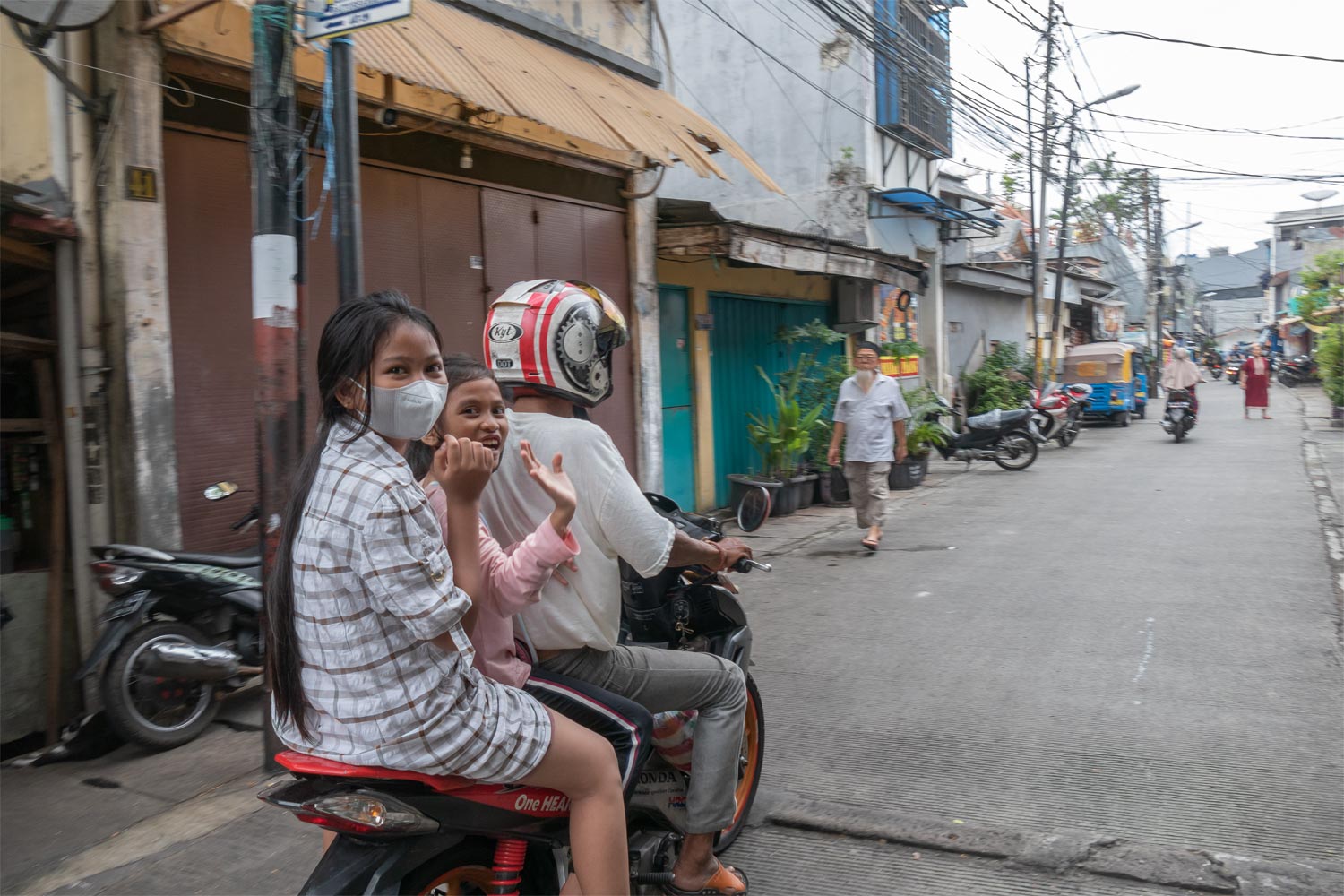
Most of all in life, Indonesians love to be photographed. They get into frame like mosquitoes.
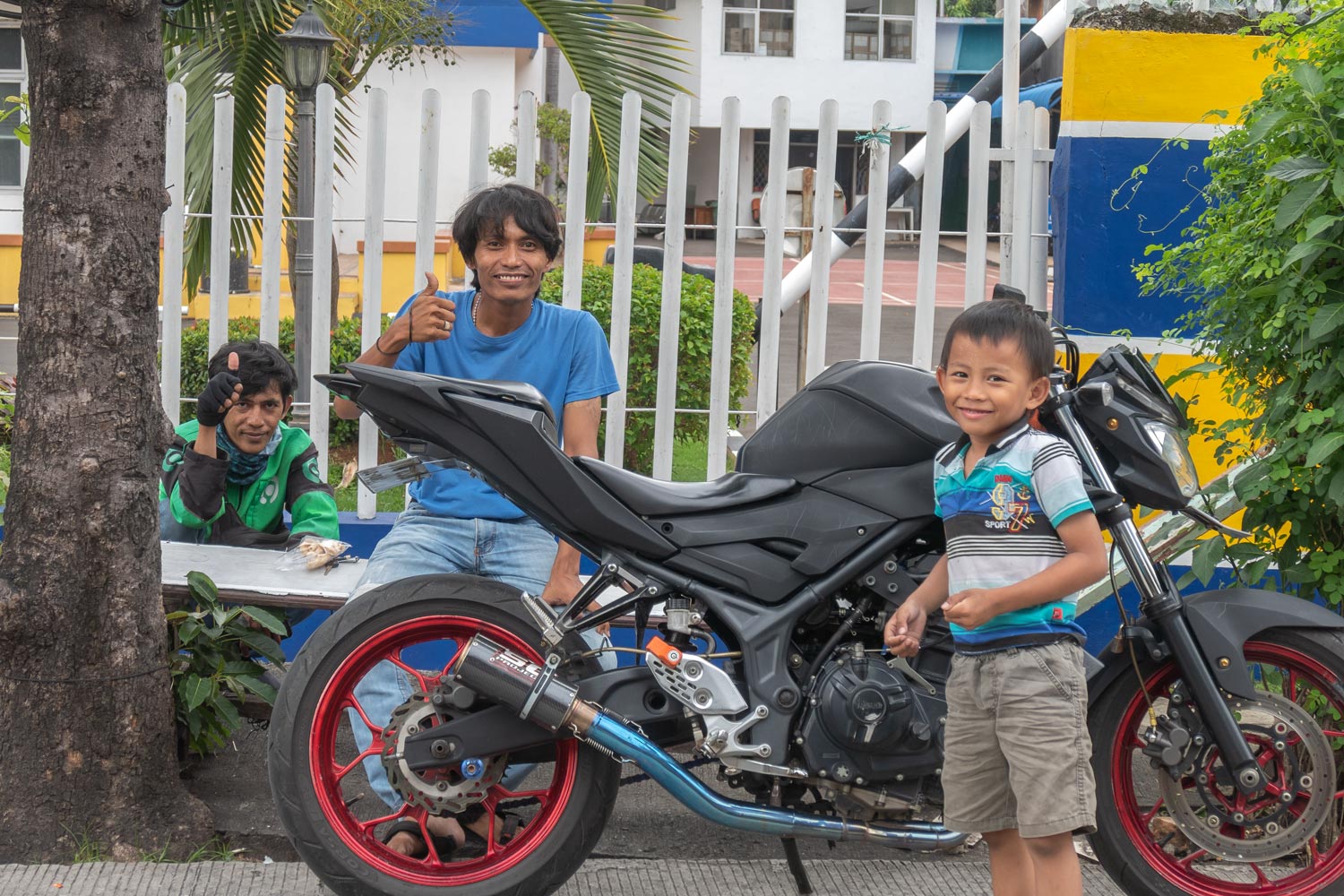
Children show gang signs.
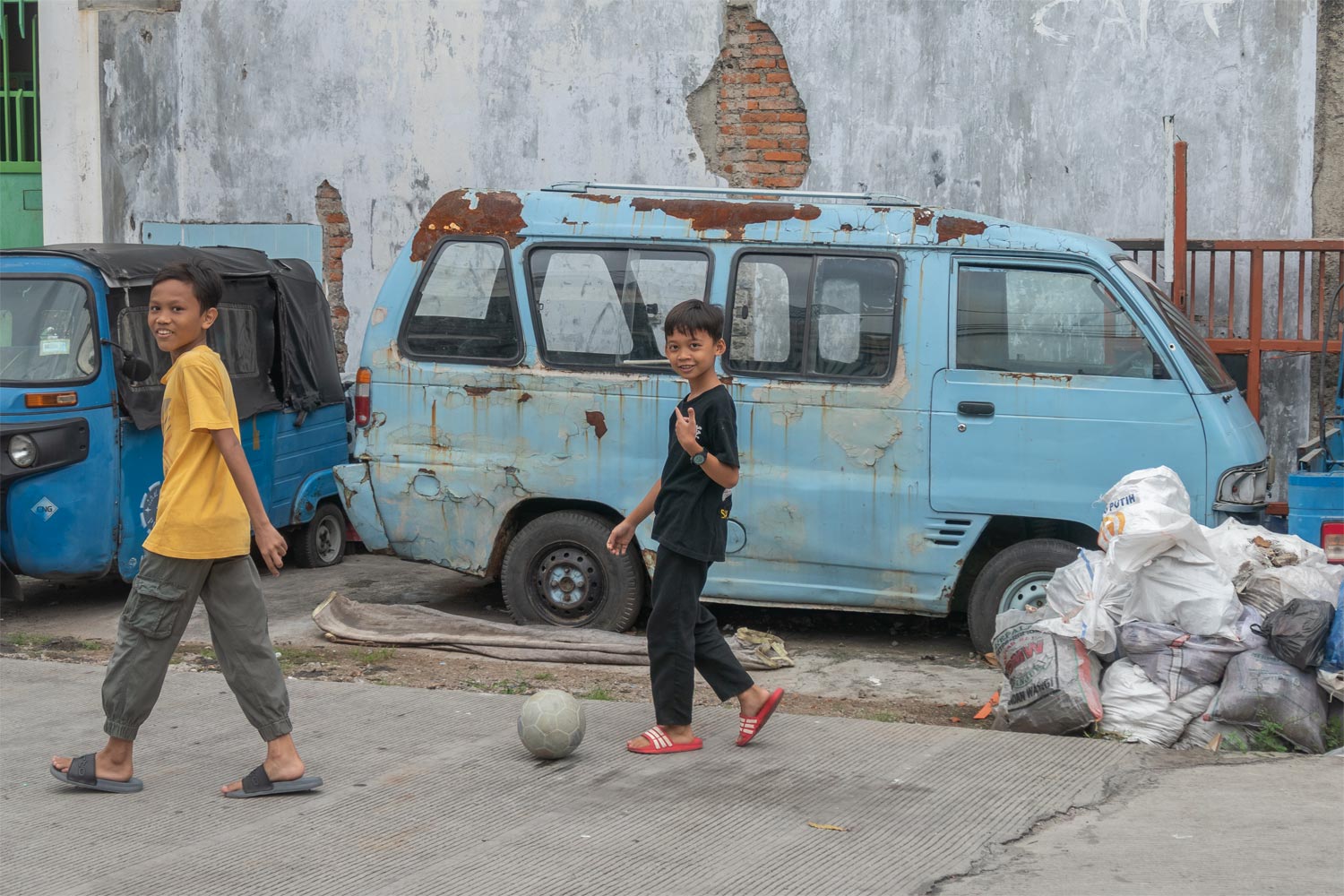
Adults take the spider-man pose.
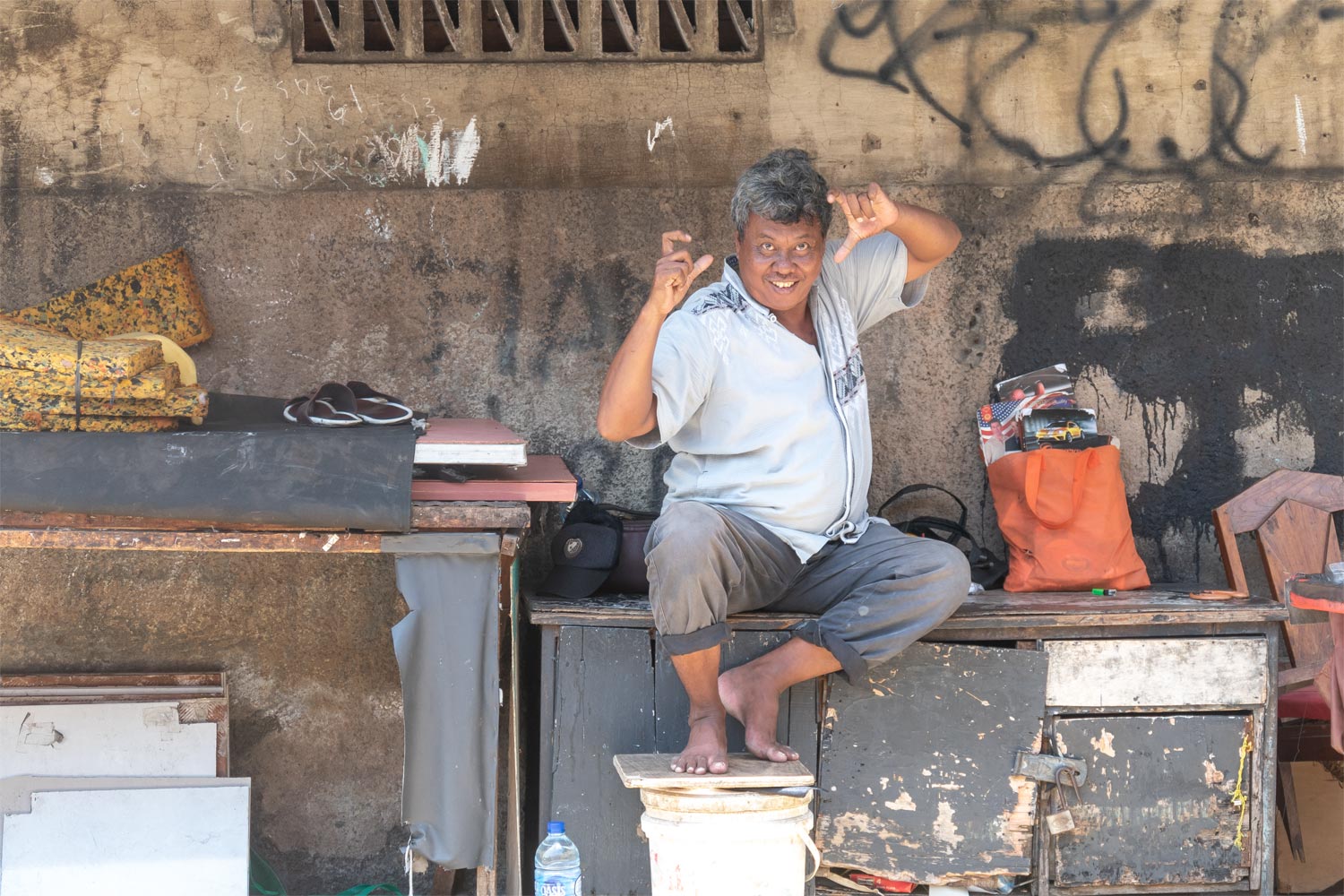
Among the village buildings, there was some kind of street for shopping.
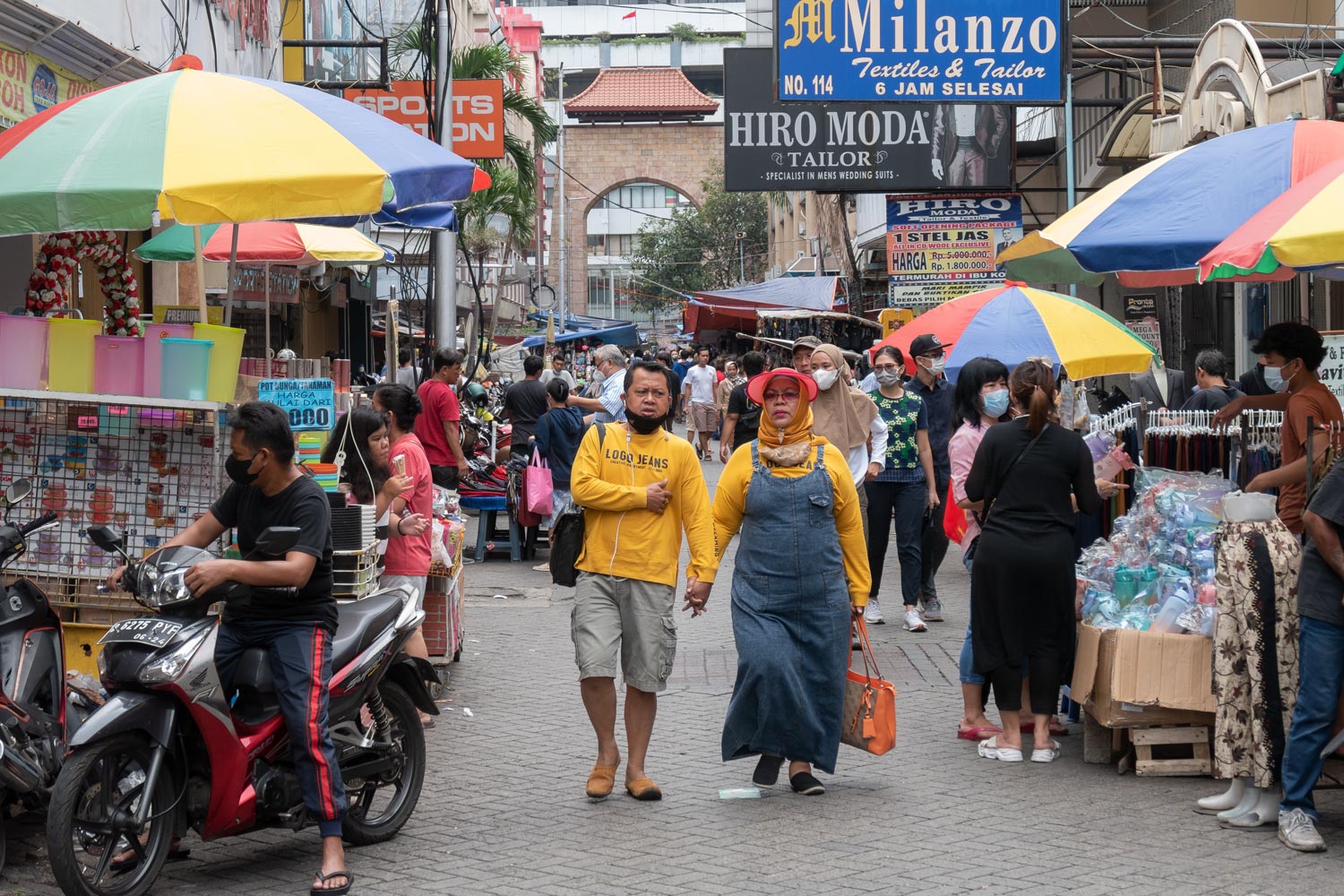
What a bummer they sell. The latest squeak of Indonesian fashion: a shirt and a jacket from a duvet cover.
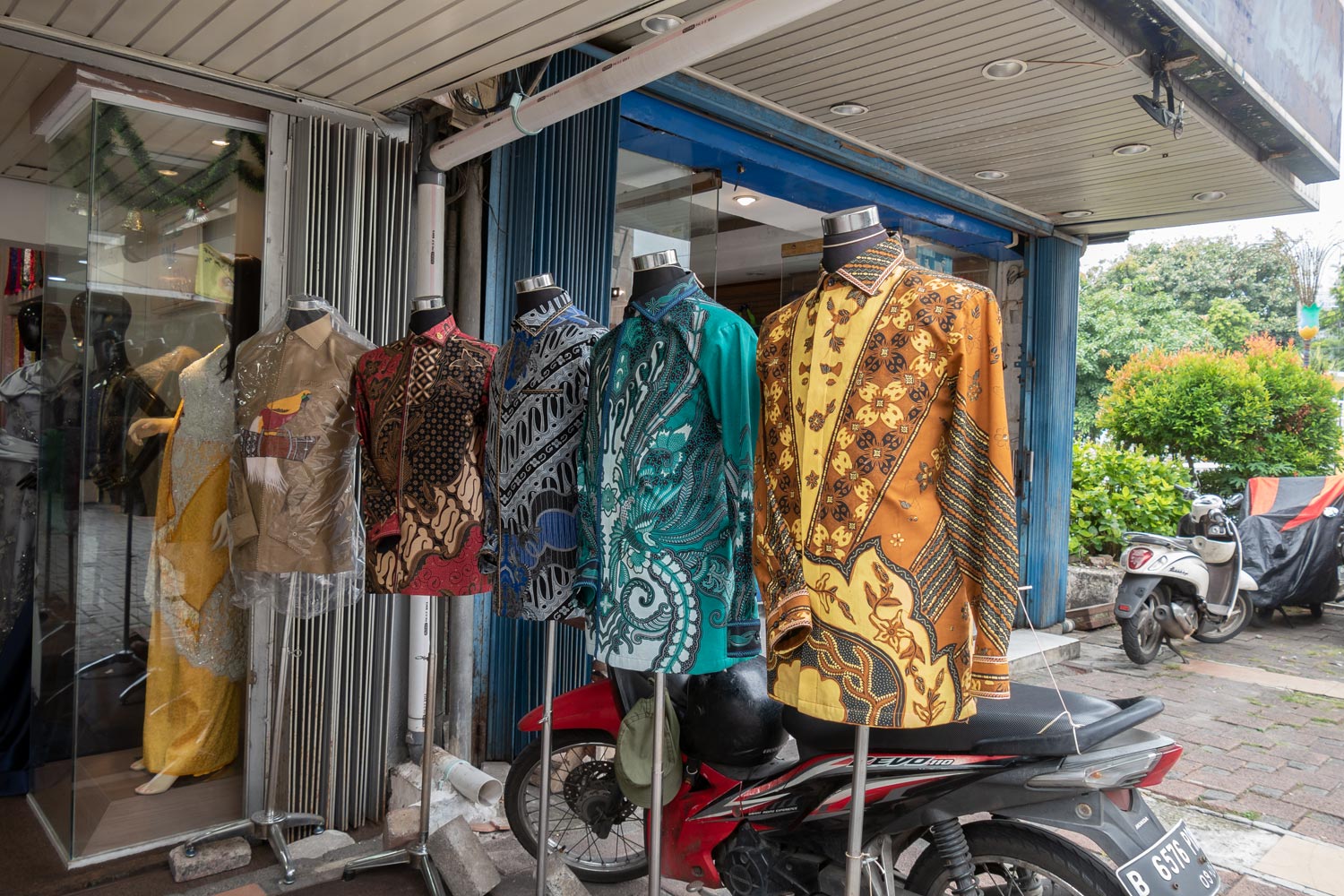
It turned out that this street is historical. There are even gates at the entrance, which assure that there was a bazaar here back in 1820. Now locals and tourists are buying here.
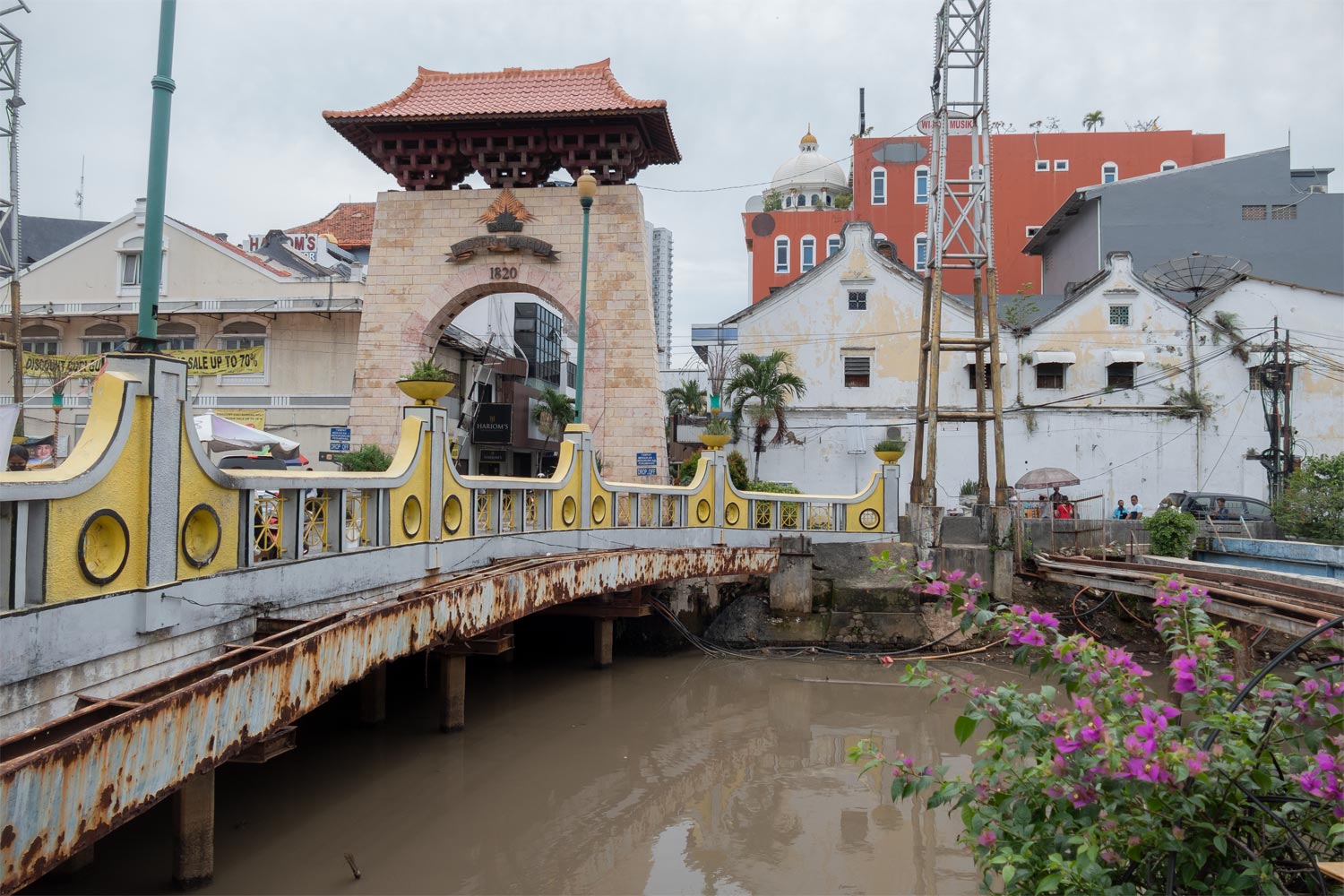
The quarters themselves are called Little India. Many settlers from India live here.
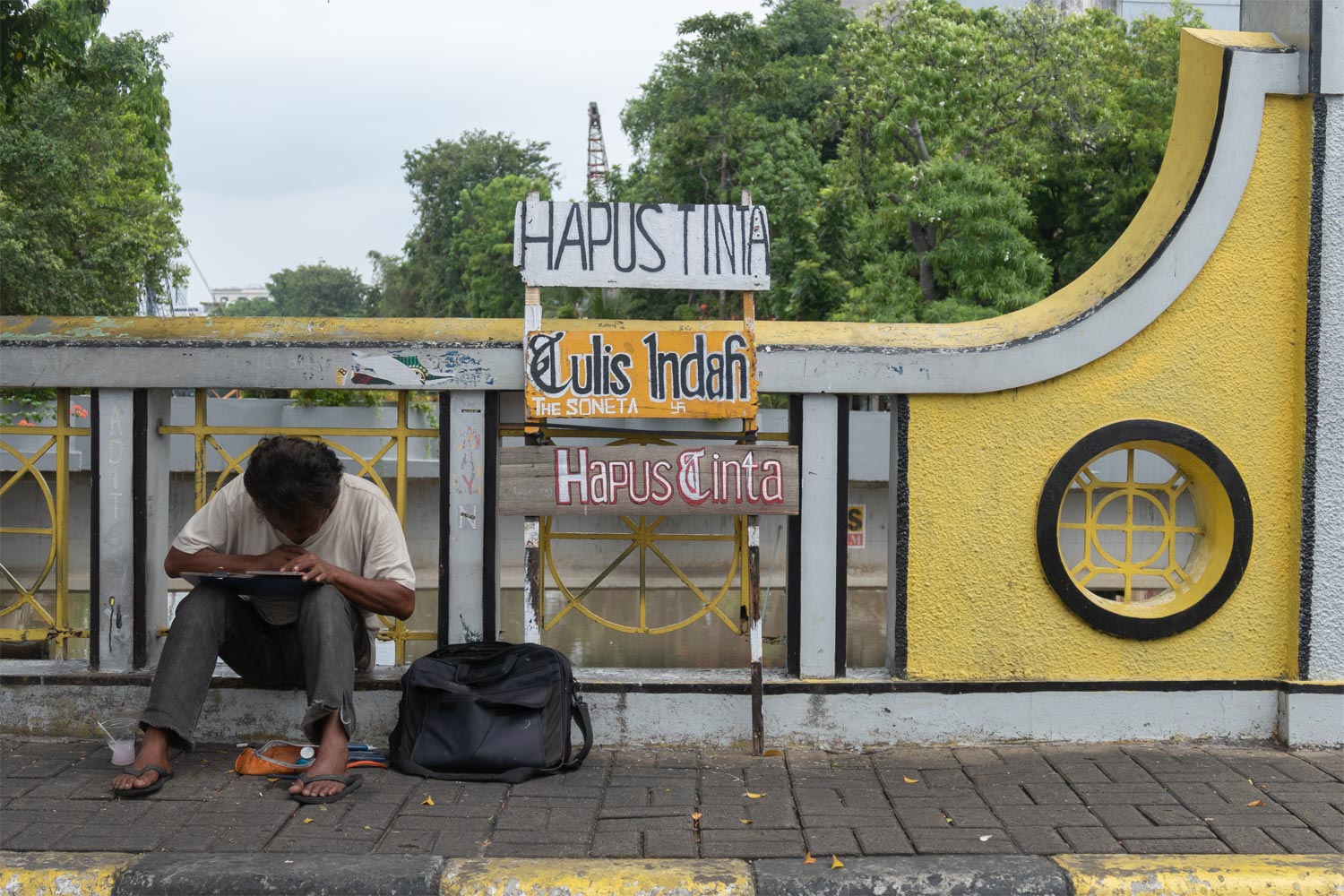
The area is separated from the rest of Jakarta by a river with incredibly dirty water.
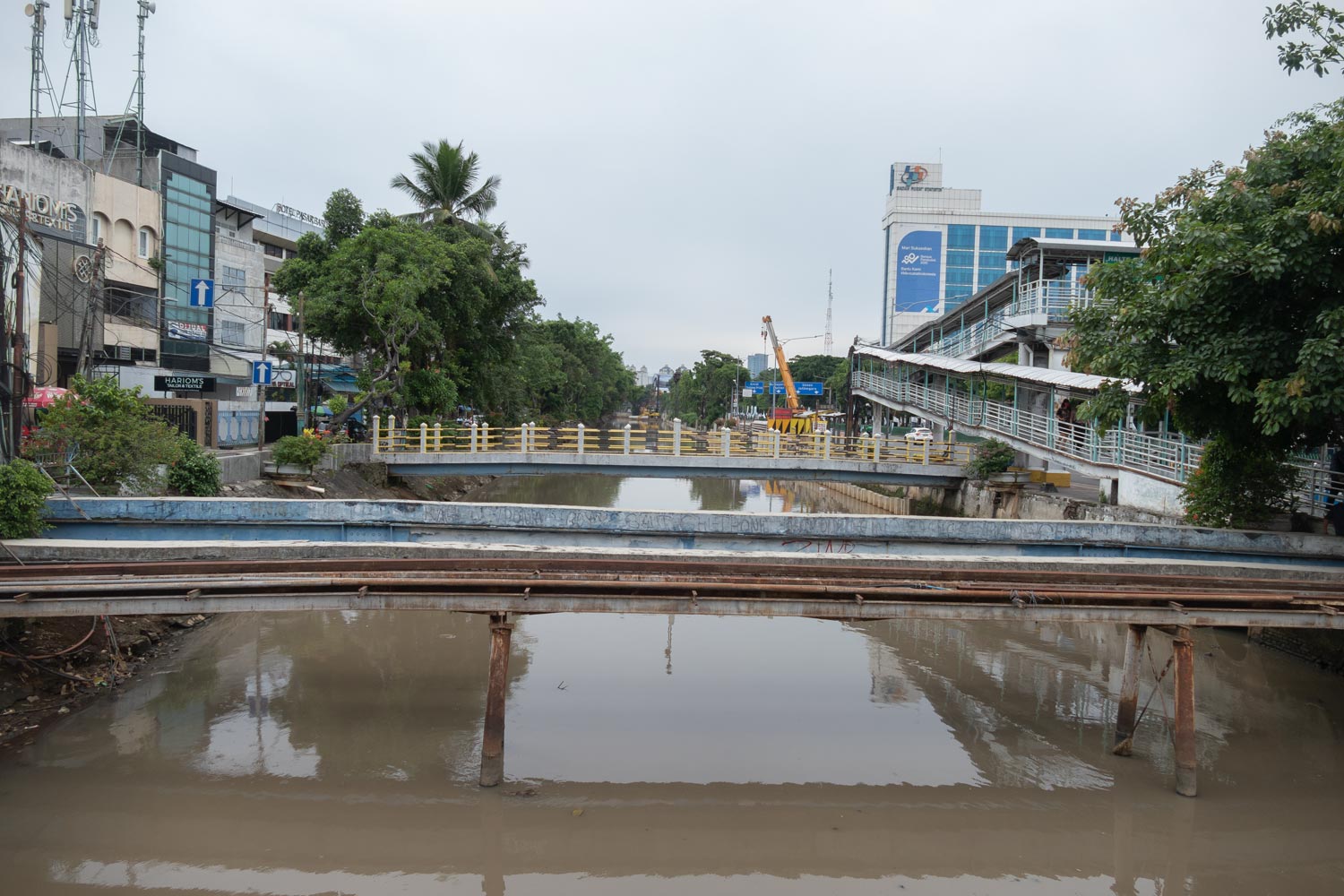
In general, there are almost as many such rivers and channels in Jakarta as in St. Petersburg. Only the water is the color of diarrhea, and herds of insects graze around. It is better not to buy an apartment with a bay view.
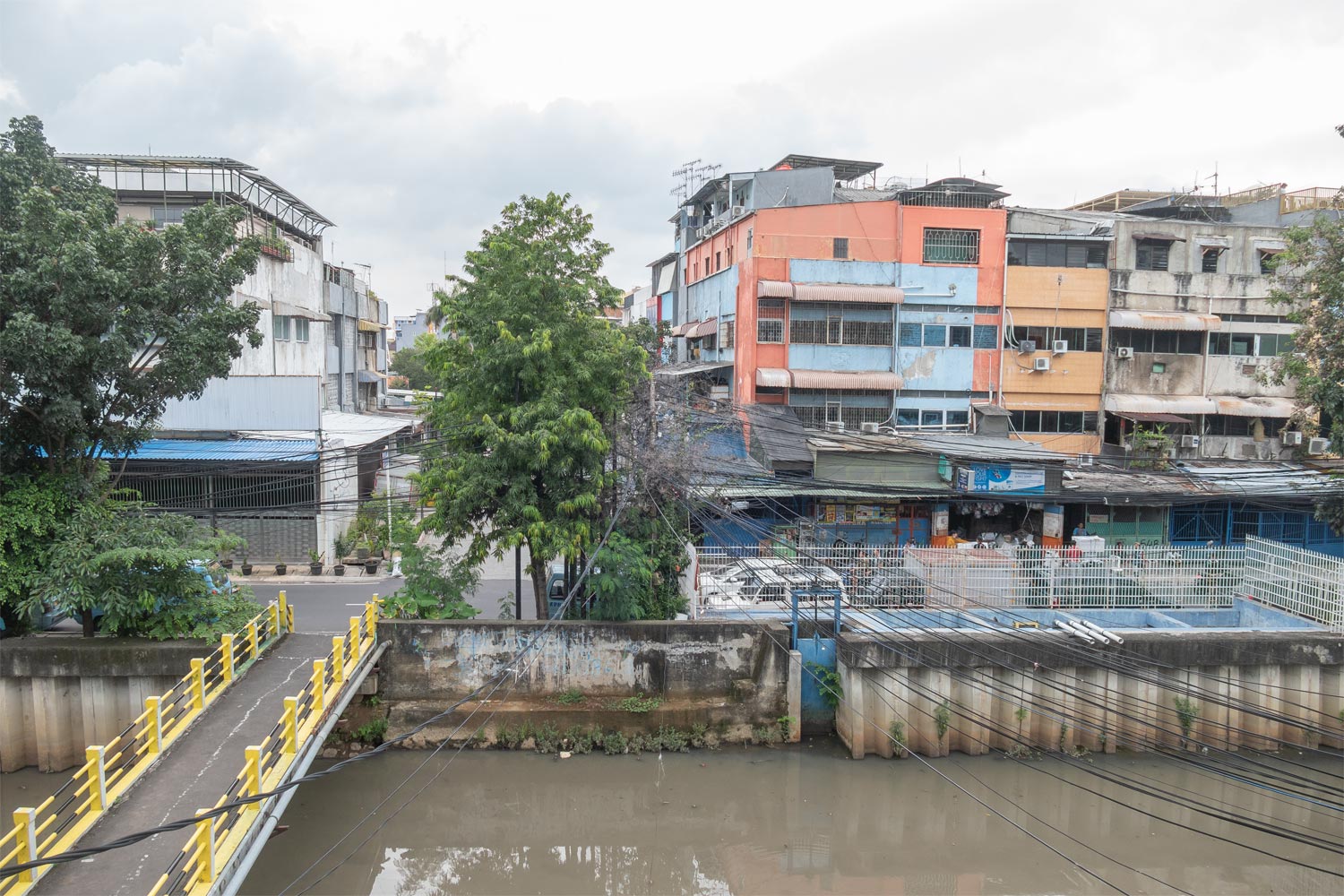
The bridges across the river are in state worse than in Kherson after Ukraine counterattack.
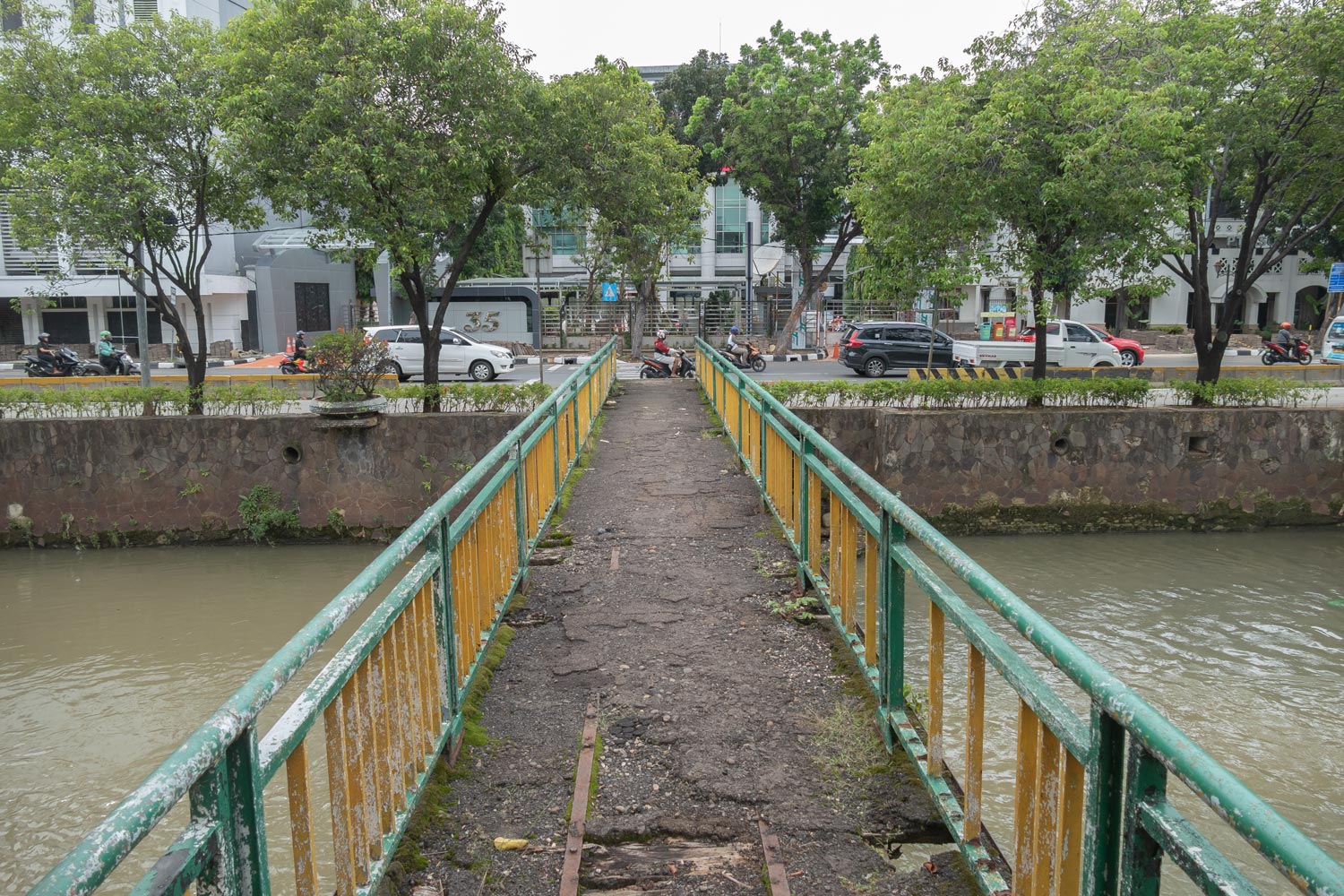
Wonder of the world: hanging gardens of Semiramis.
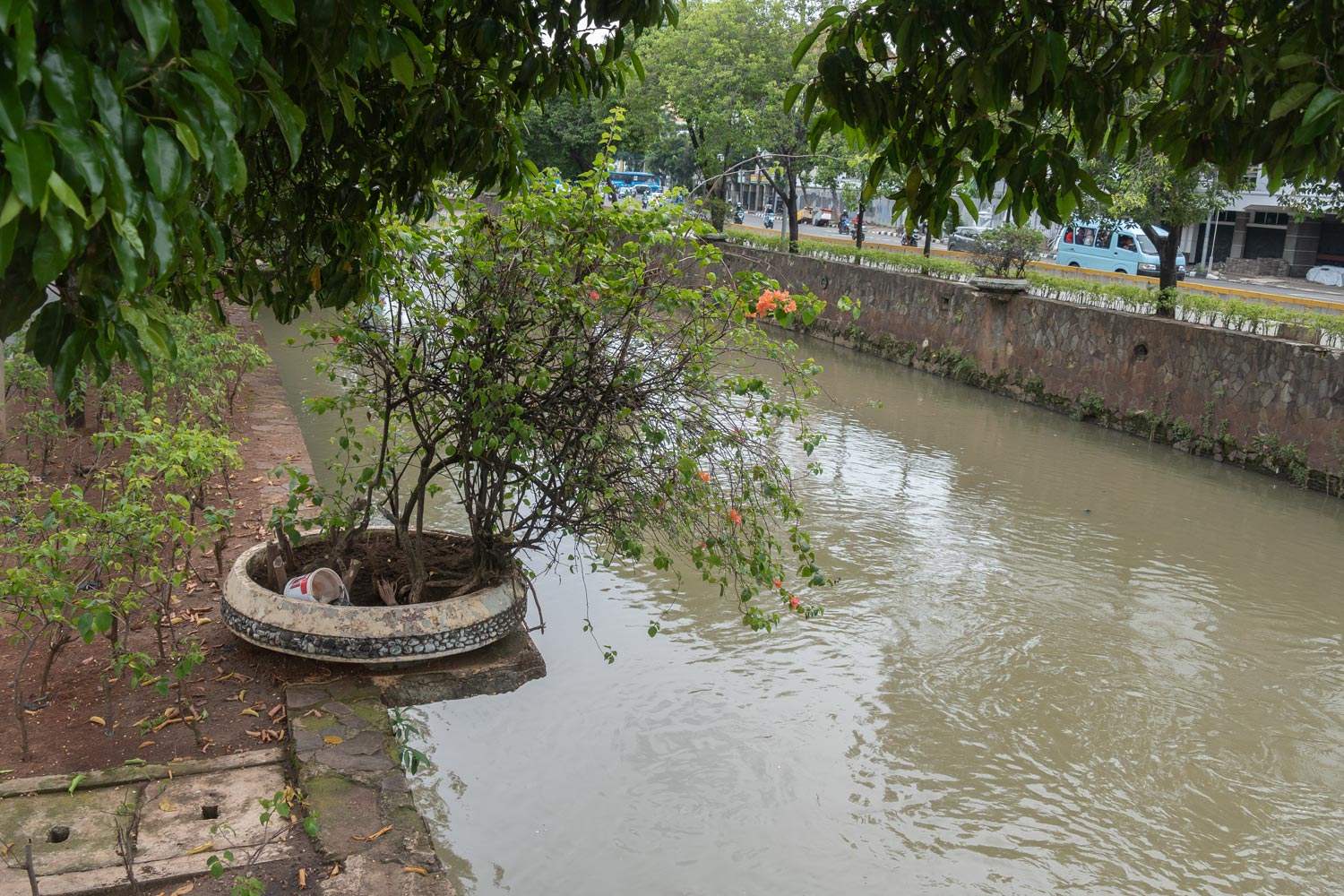
Dirty water is not a hindrance to local fishermen at all. They are fishing. Well, that’s right, you can wash later.
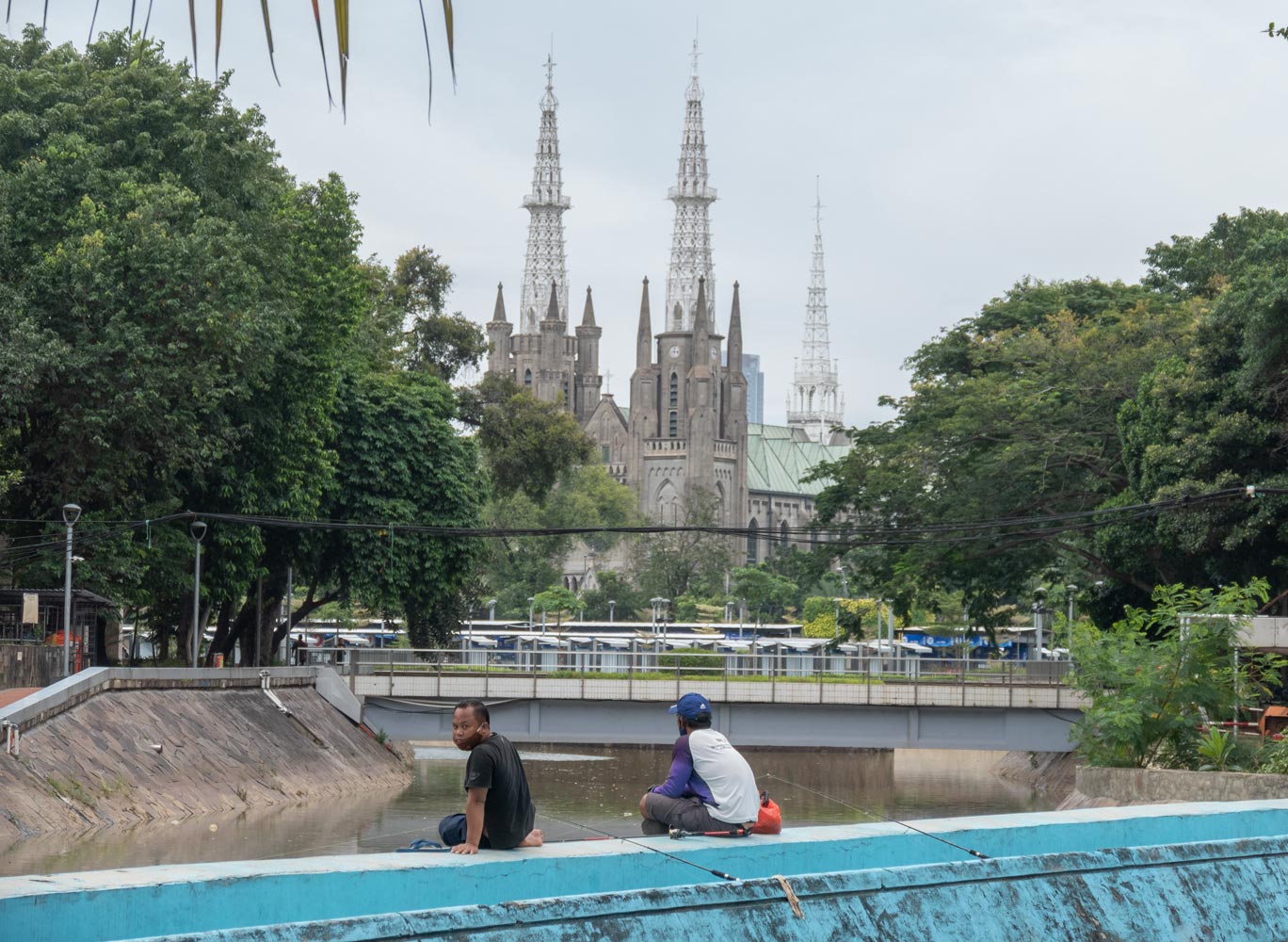
A church in the background. This is the Jakarta Cathedral, built in 1901, when Indonesia was a colony of the Netherlands.
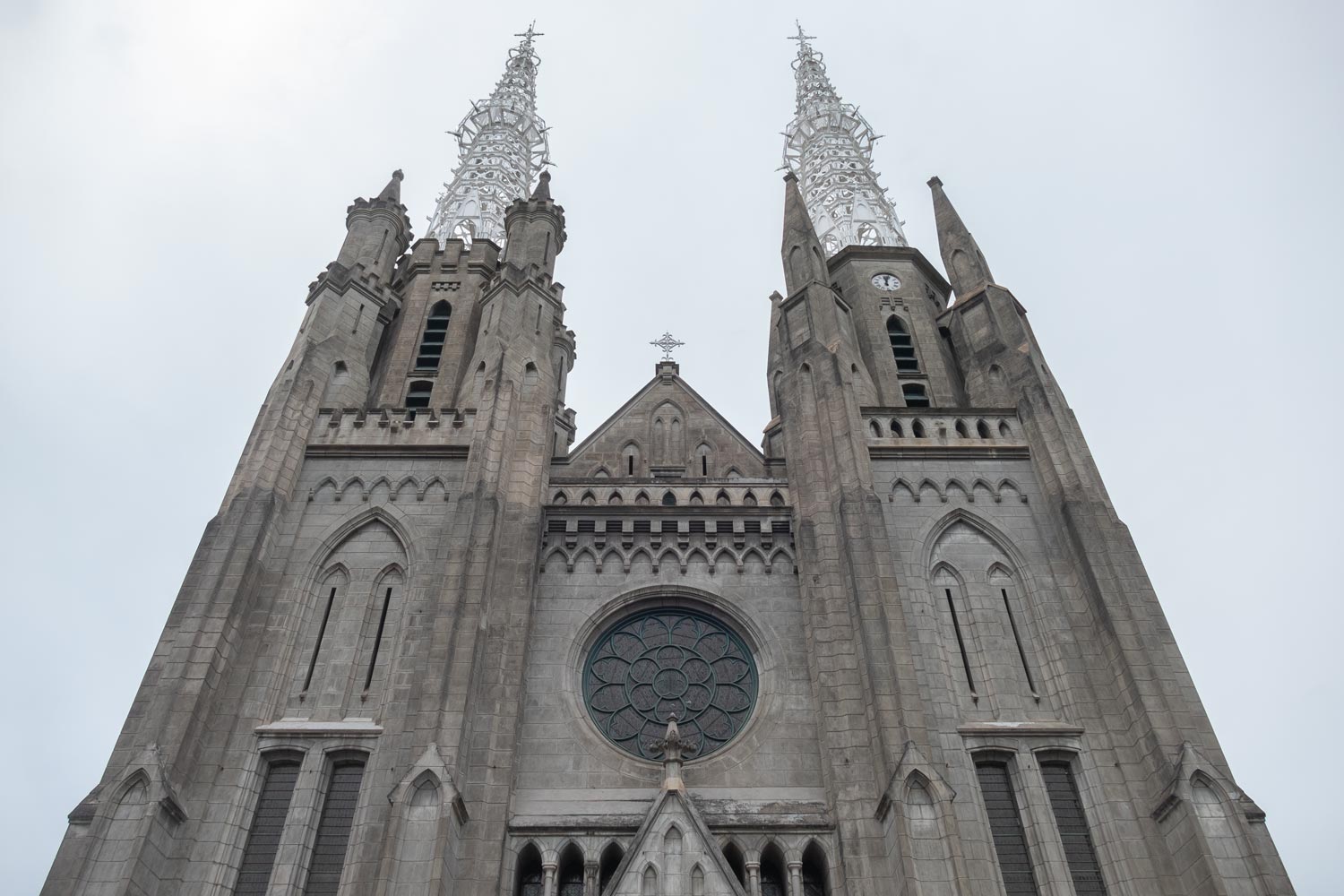
Directly opposite is the Independence Mosque. No, really, that’s what it’s called. Let’s now call a minaret after Revolution.
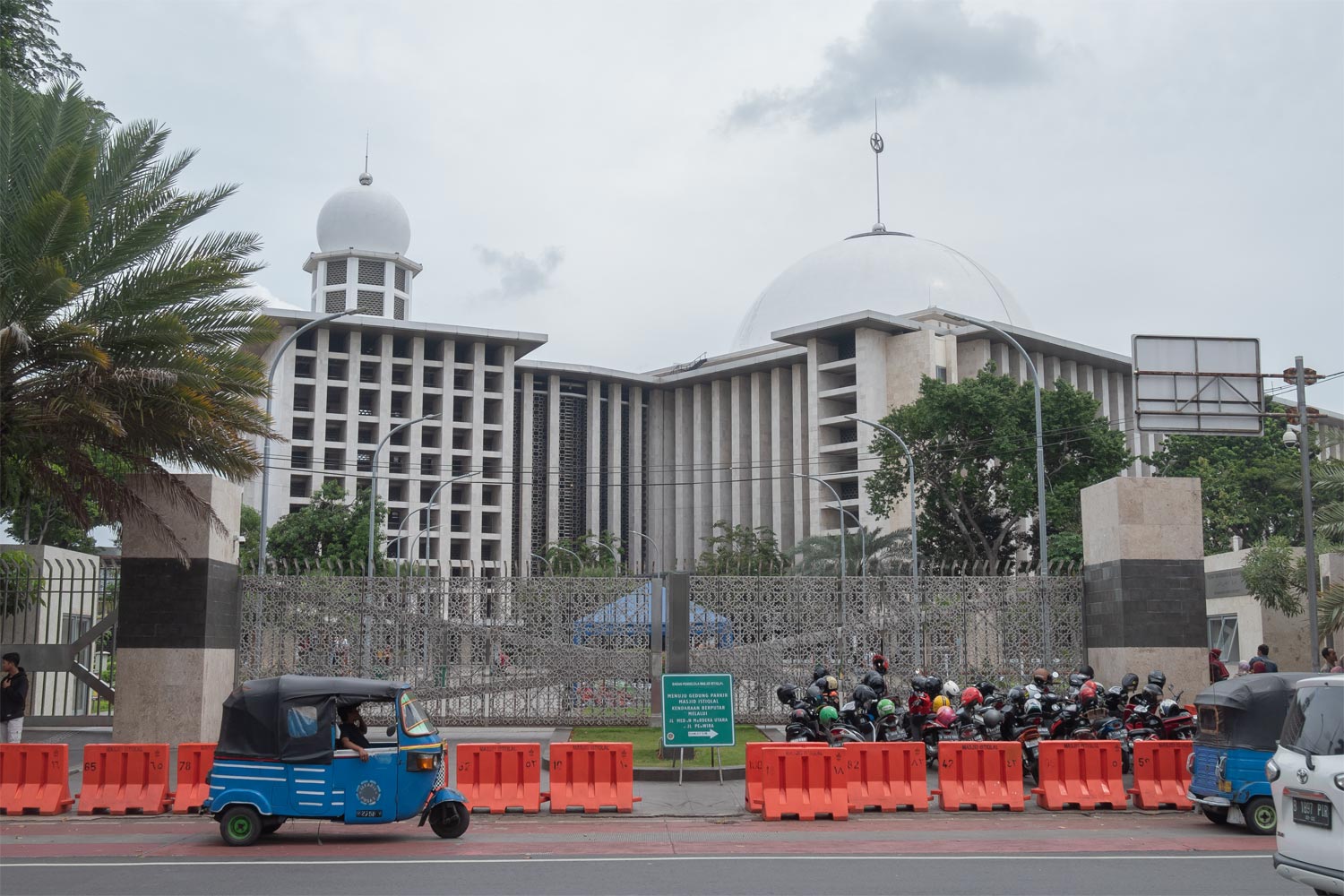
The mosque is incredibly featureless. It is impossible to find an angle to make it interesting. It’s just some kind of a sport palace in Belarus.
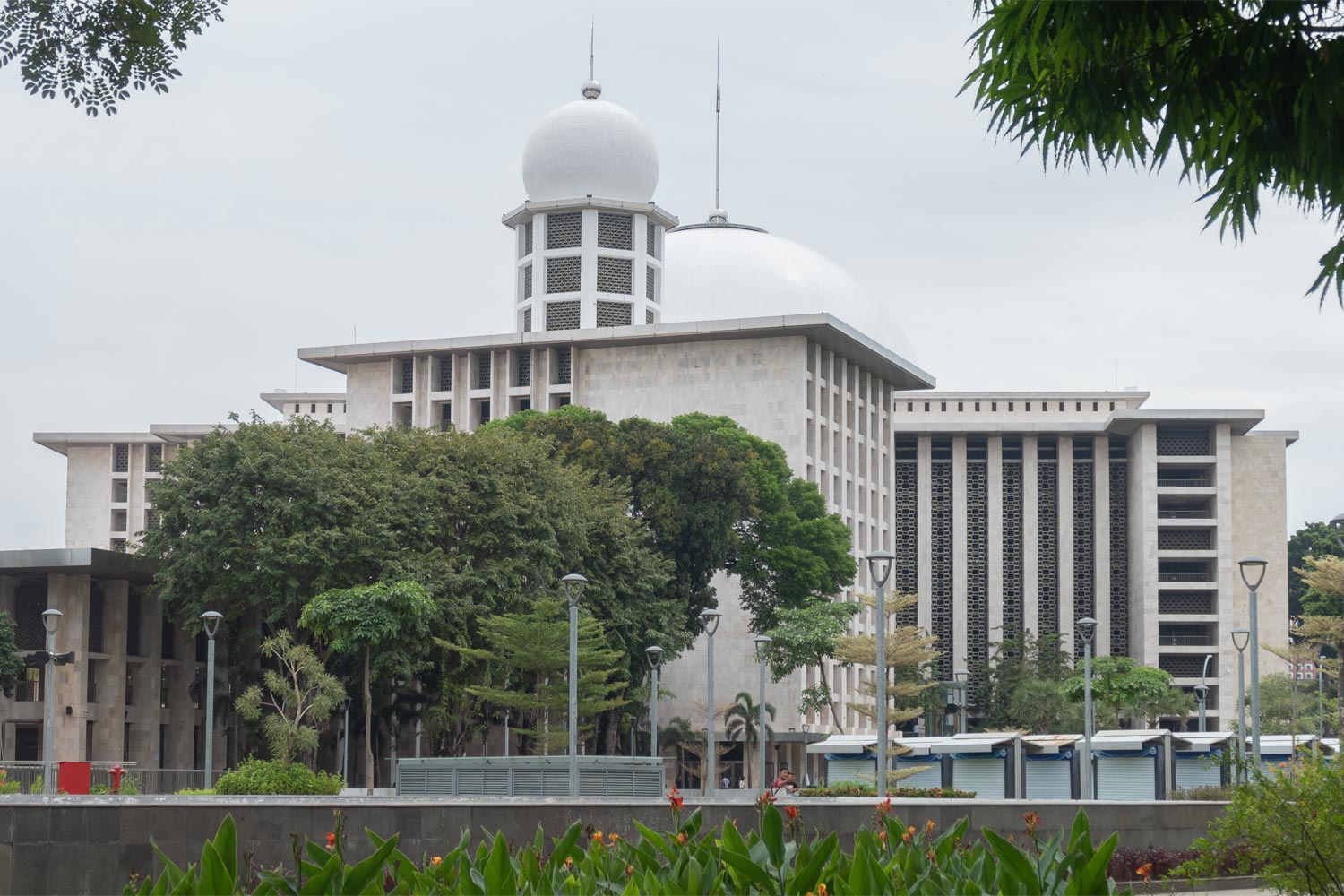
At night, the dome of the mosque has a red backlight. It seems that it is the blood moon that has risen in the background.
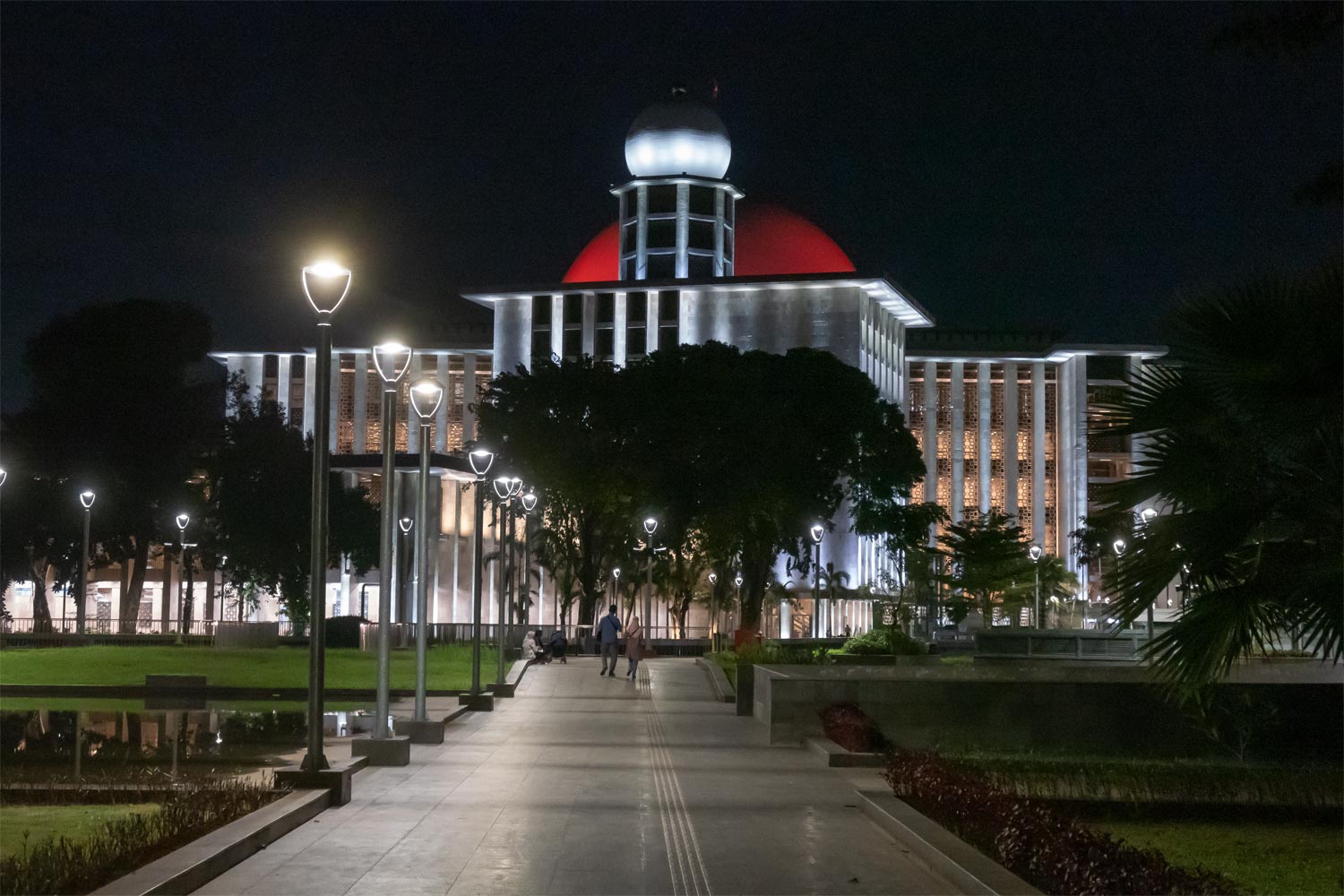
All of the above is located in central Jakarta. But the very center of the city is occupied by a monstrous obelisk, which resembles a monument to the ideas of Juche in North Korea.
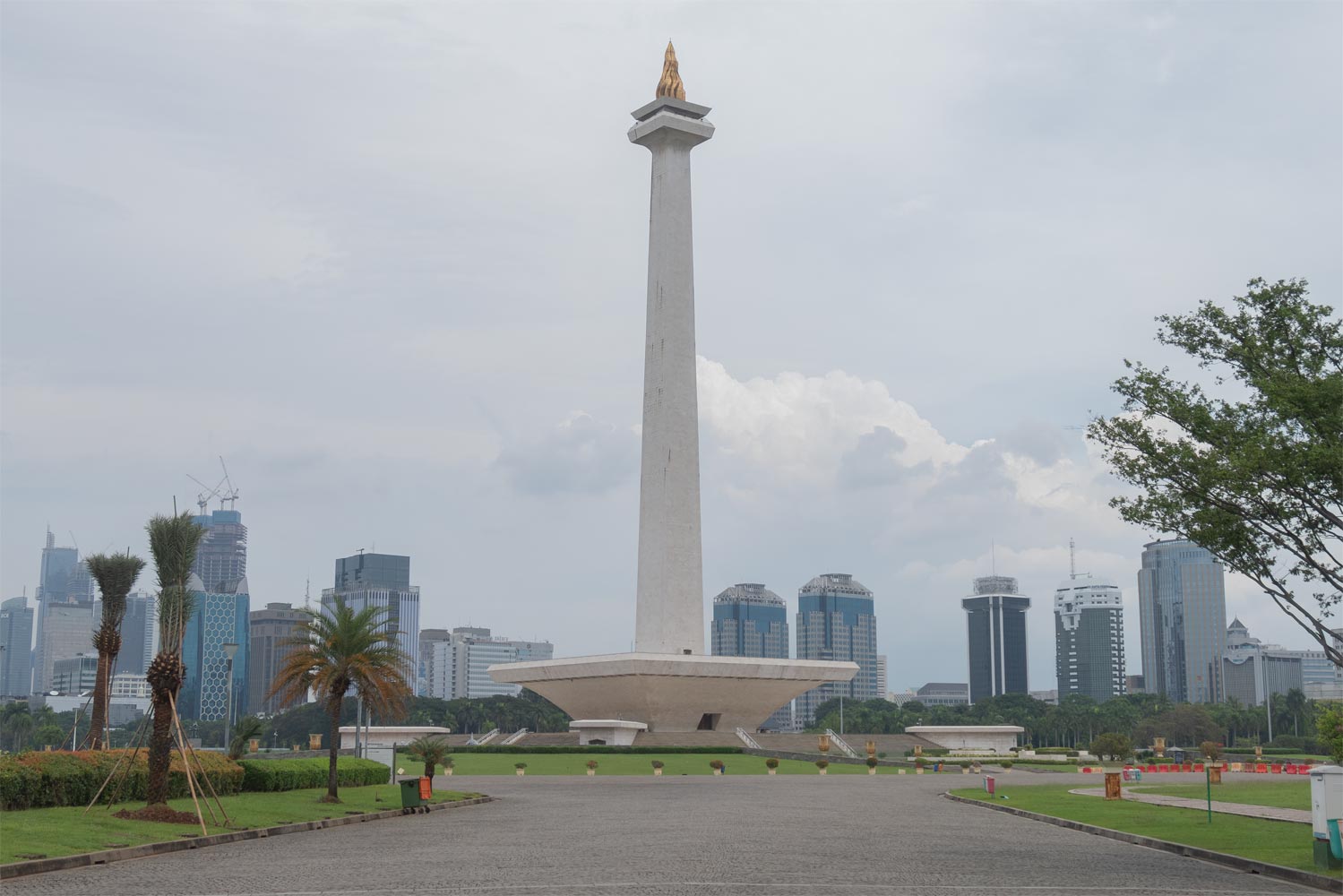
This is a Monument of Independence.
In Indonesia, in general, there is a small fad on this topic. The huge country remained colonial for a long time, until President Sukarno came in 1945 and started a war with the Netherlands, which four years later recognized Indonesia as an independent country. An extraordinary event!
The monument was built for 15 years. There is a bronze torch on the top, which is decorated with gold.
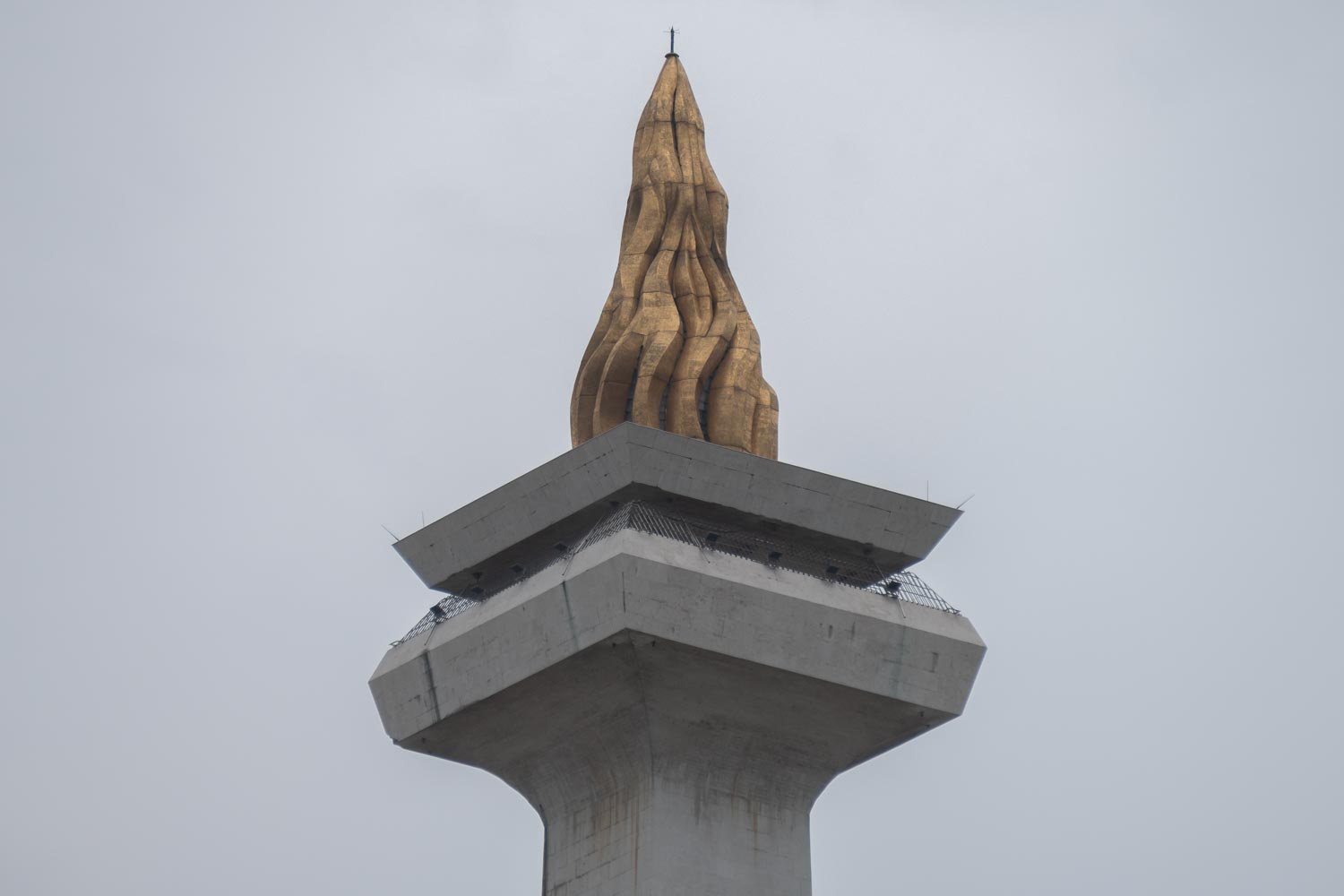
At night, the fire is illuminated, as well as the trunk.
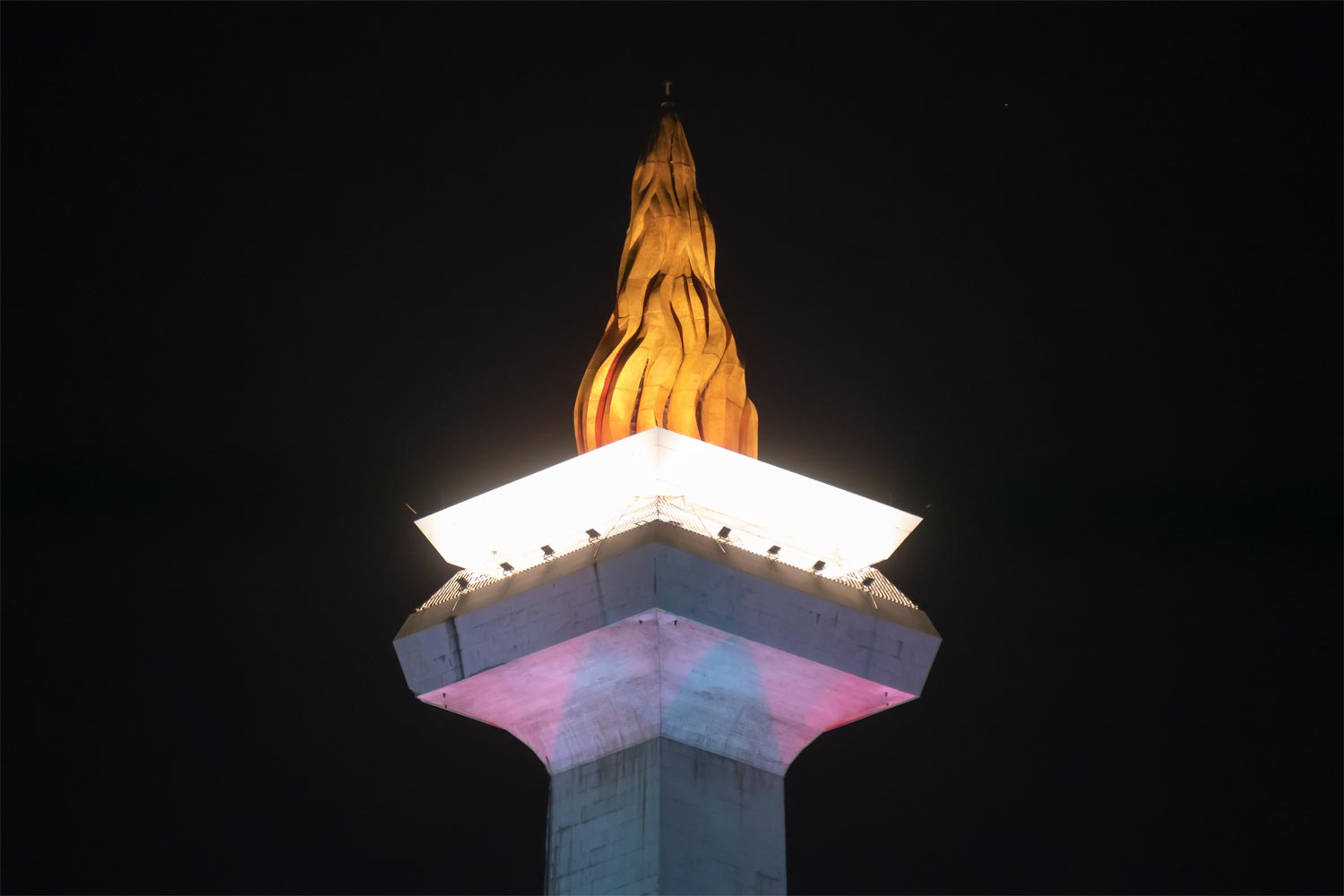
It seems like you can approach the monument and there is even an observation deck at the top, but there is no hint of this. The monument stands in the middle of a huge empty field surrounded by a kilometer-long fence. Patrols are driving around and there are armored cars with machine gunners. Apparently, to stop the enemy from erasing the gilding from the torch.
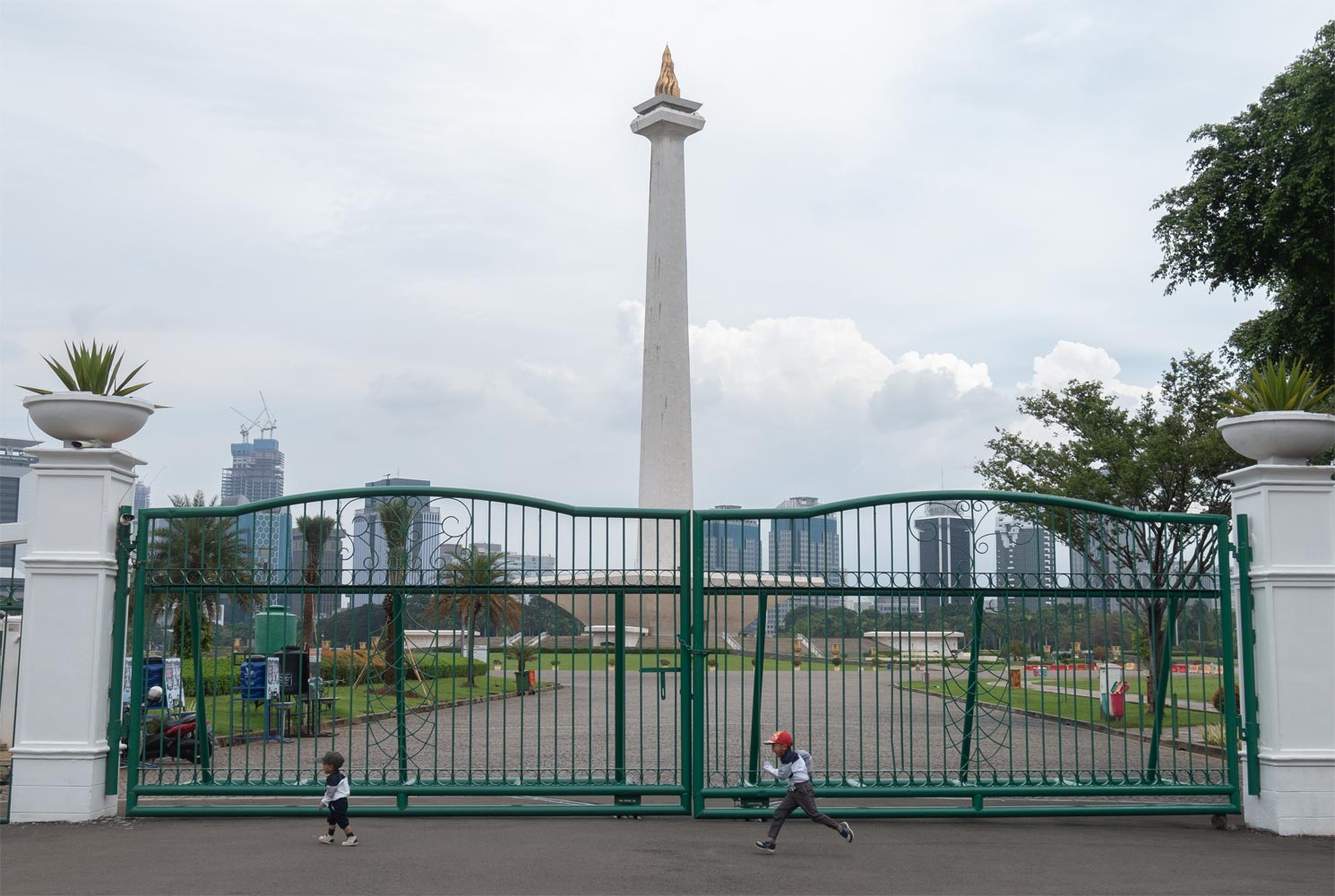
Walking through the center of Jakarta is a pleasure for a madman. It is simply impossible to walk here. On one side there is a road of the size of autobahn. On the other side everything is fenced, some insanely huge blocks and coils of barbed wire are lying around.
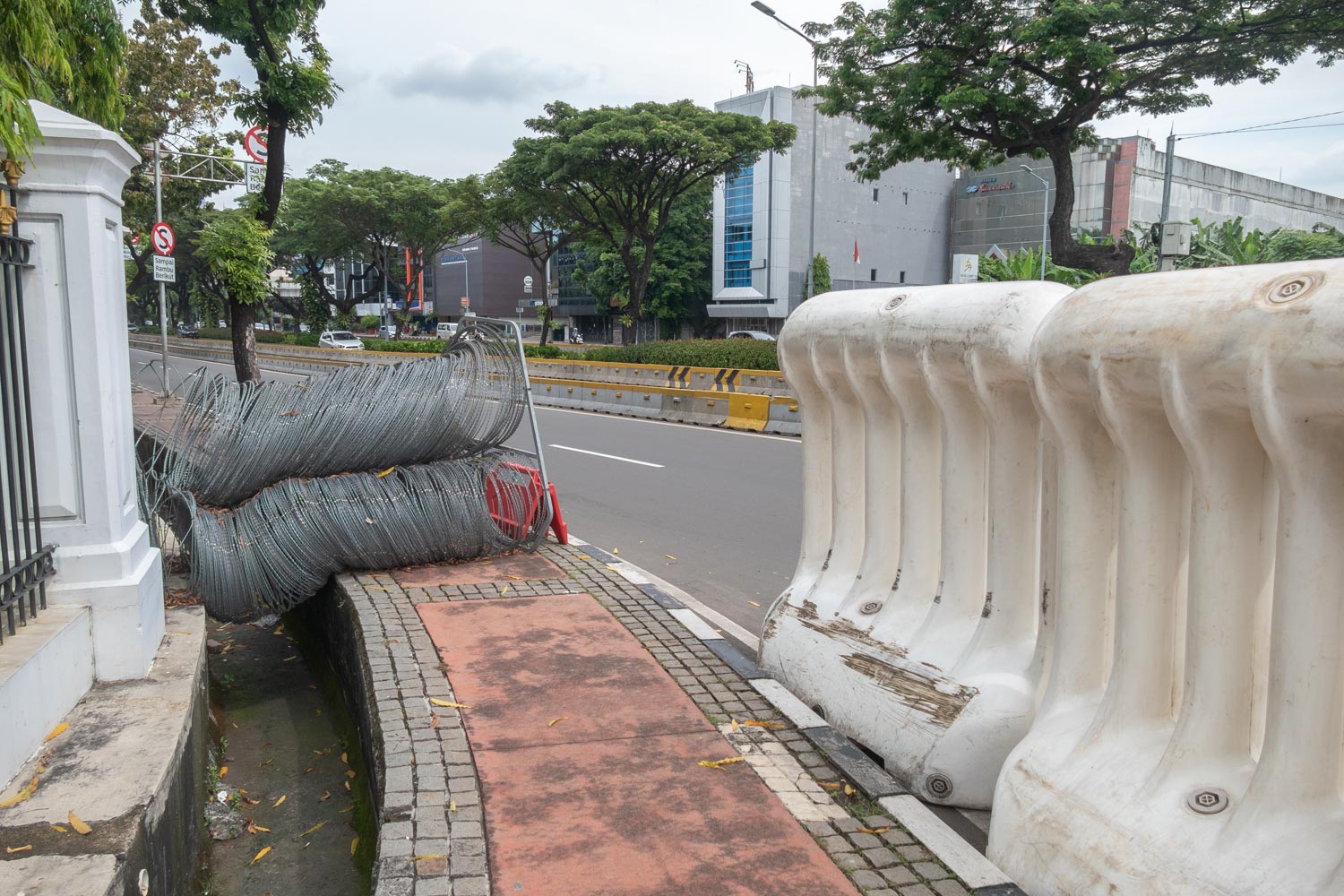
In general, there is a lot of cool architecture in the center, but it is impossible to approach it. The new independent government does not let the people get close.
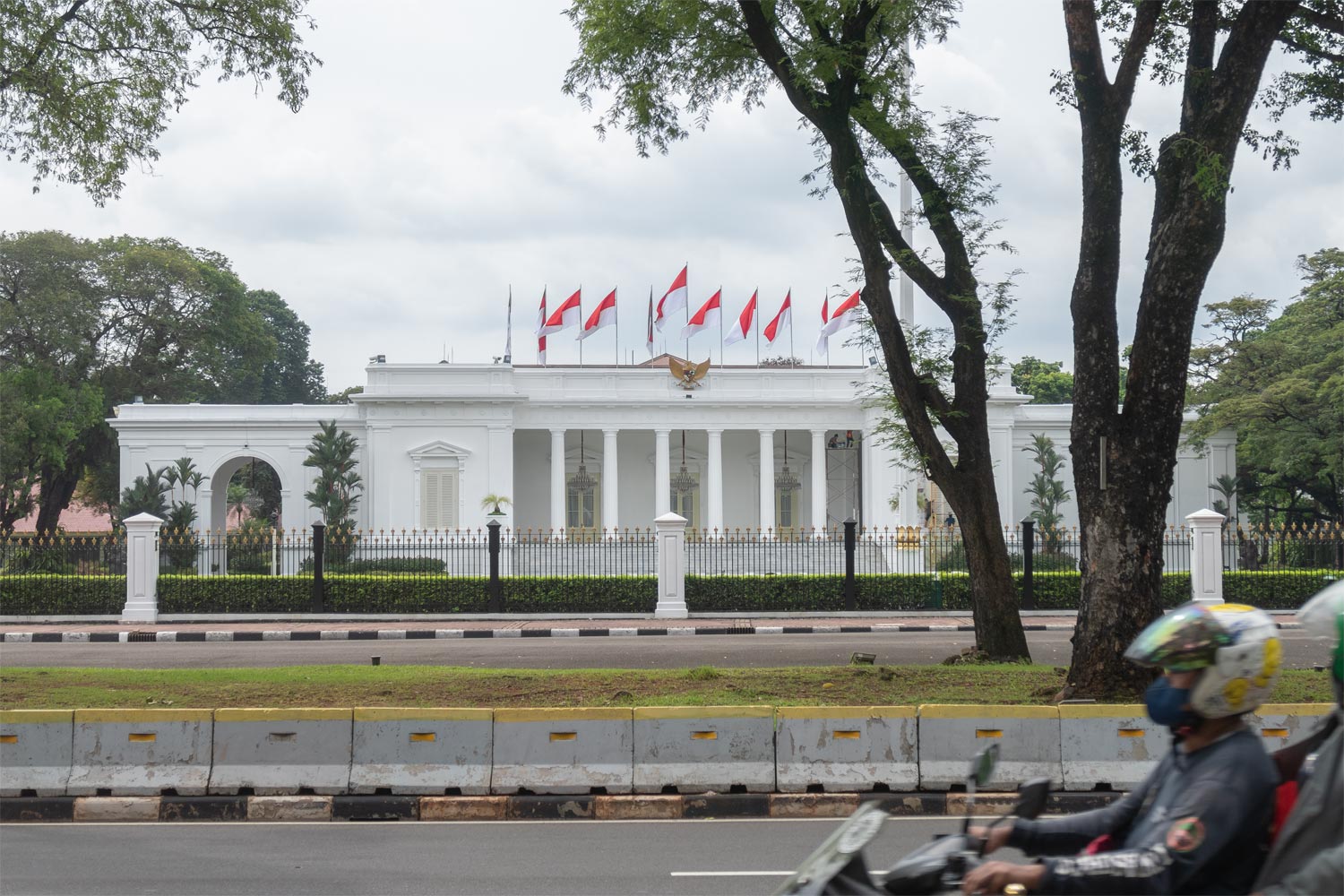
It’s good that traffic regulations are more or less observed in the country. A swarm of motorcyclists stands rooted to the spot in front of a traffic light. In India, they wouldn’t even think about it.
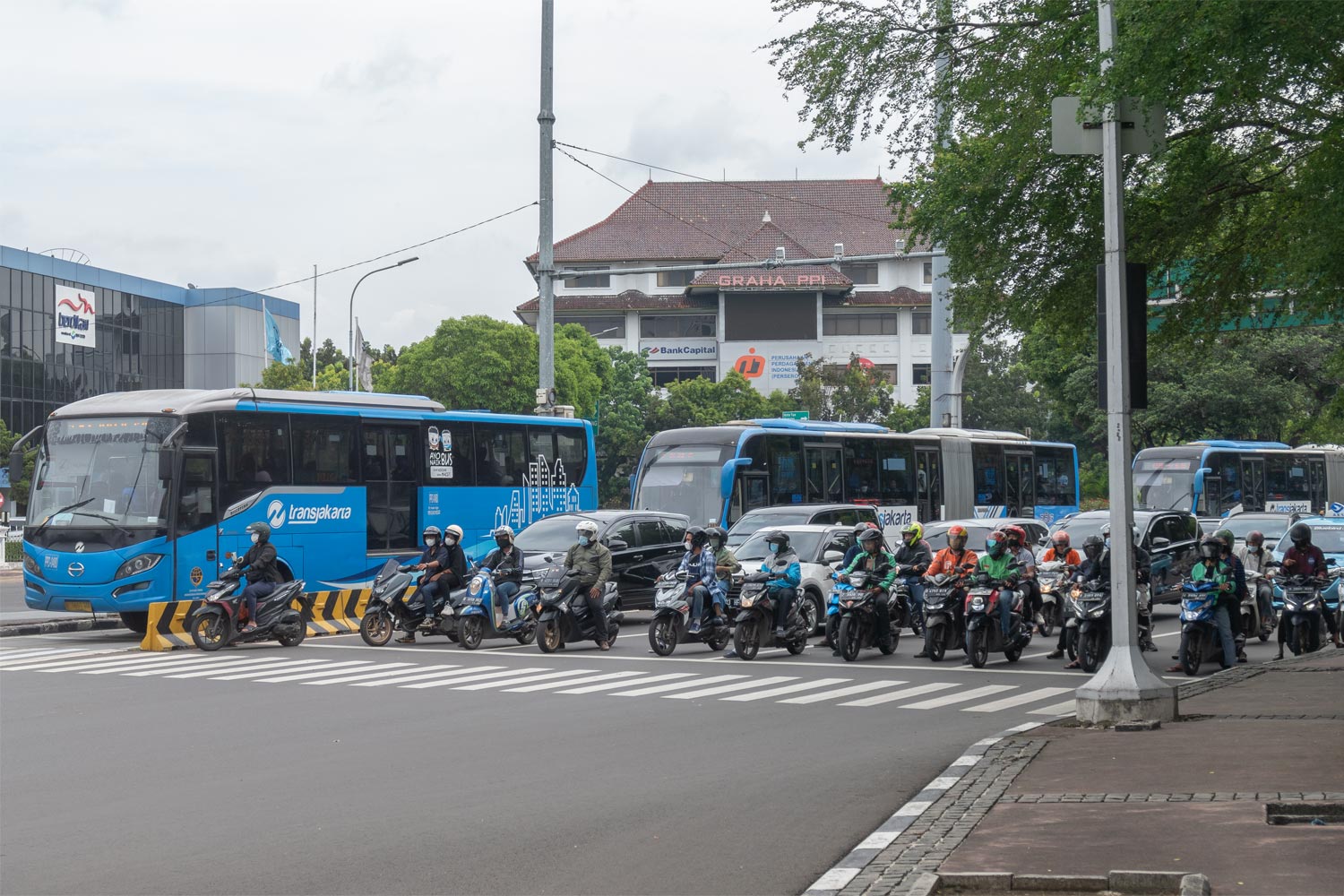
But still, Jakarta is the city of the cars, autobahns and overground crossings.
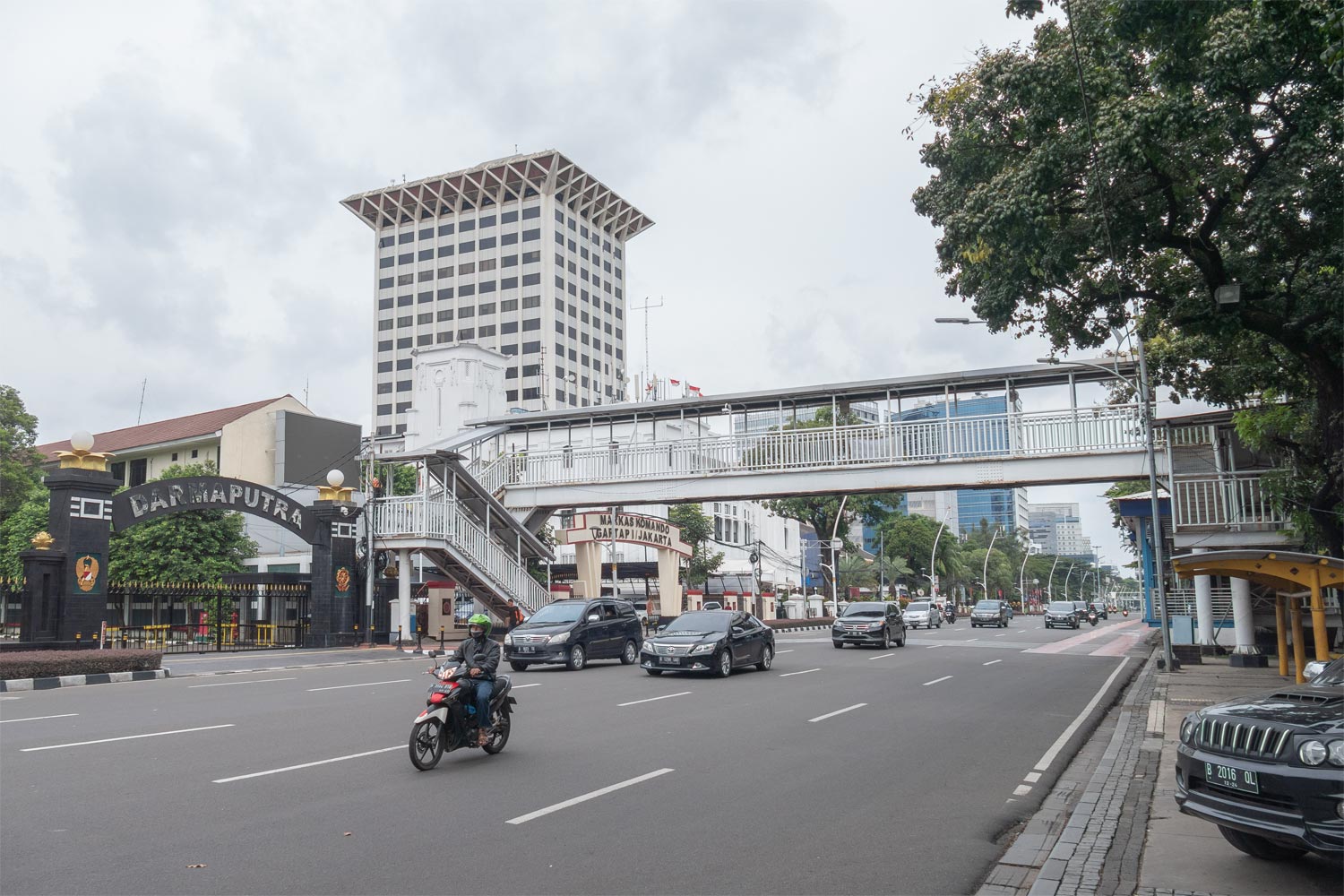
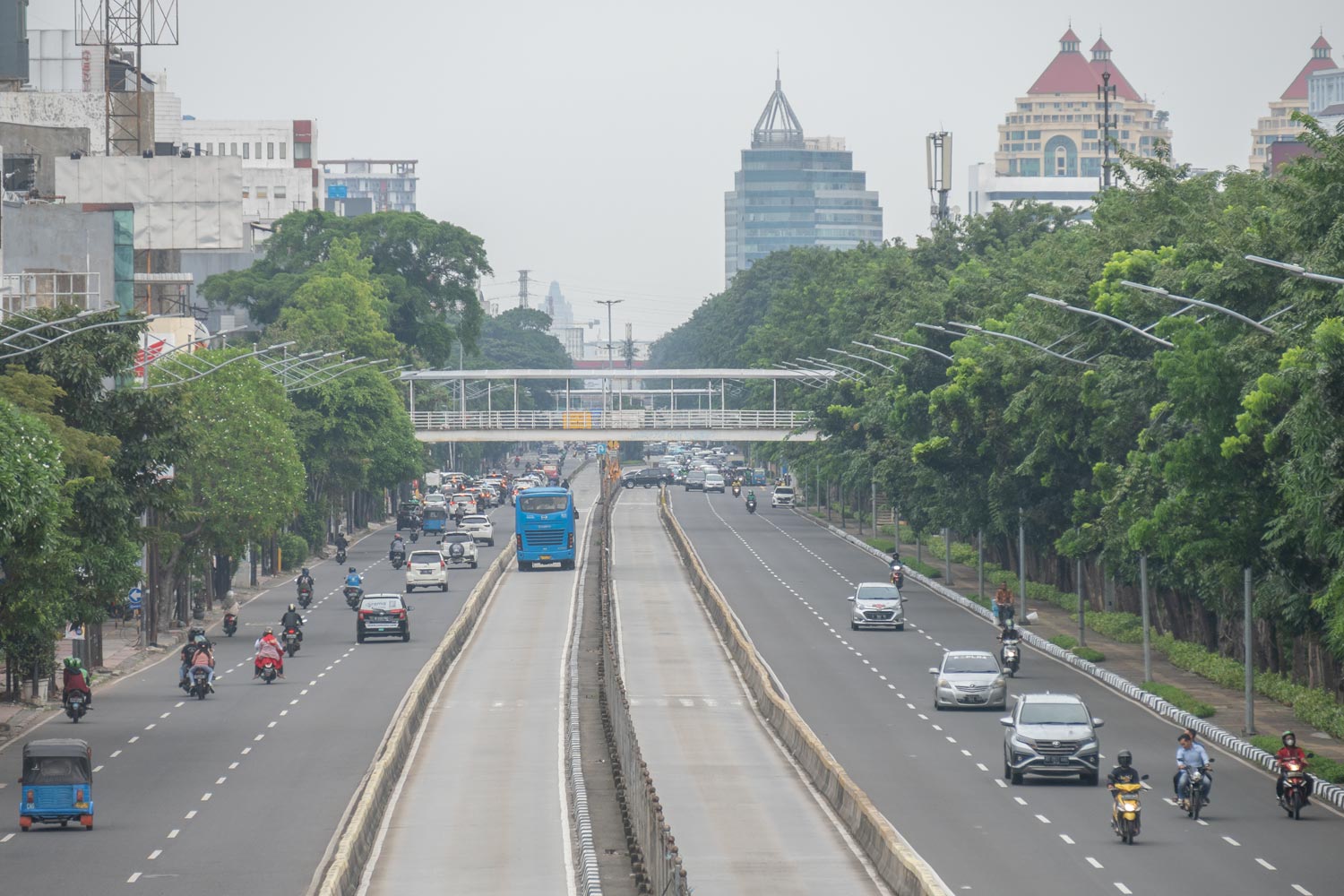
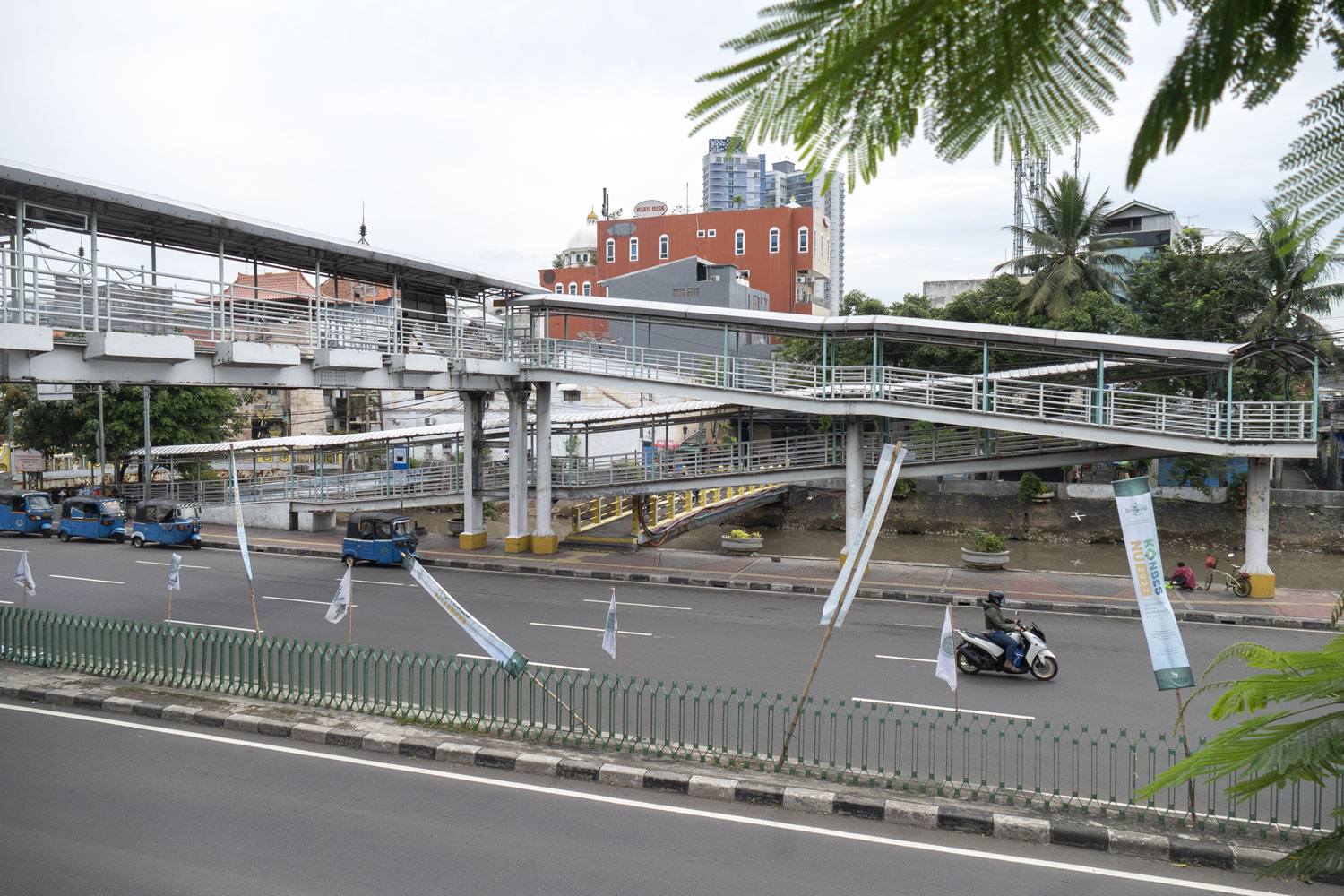
During my visit, Indonesia was preparing to host the G20 meeting. Advertisements for this grandiose political success hung all over the city against a backdrop of barbed wire, sewage and tuk-tuks.
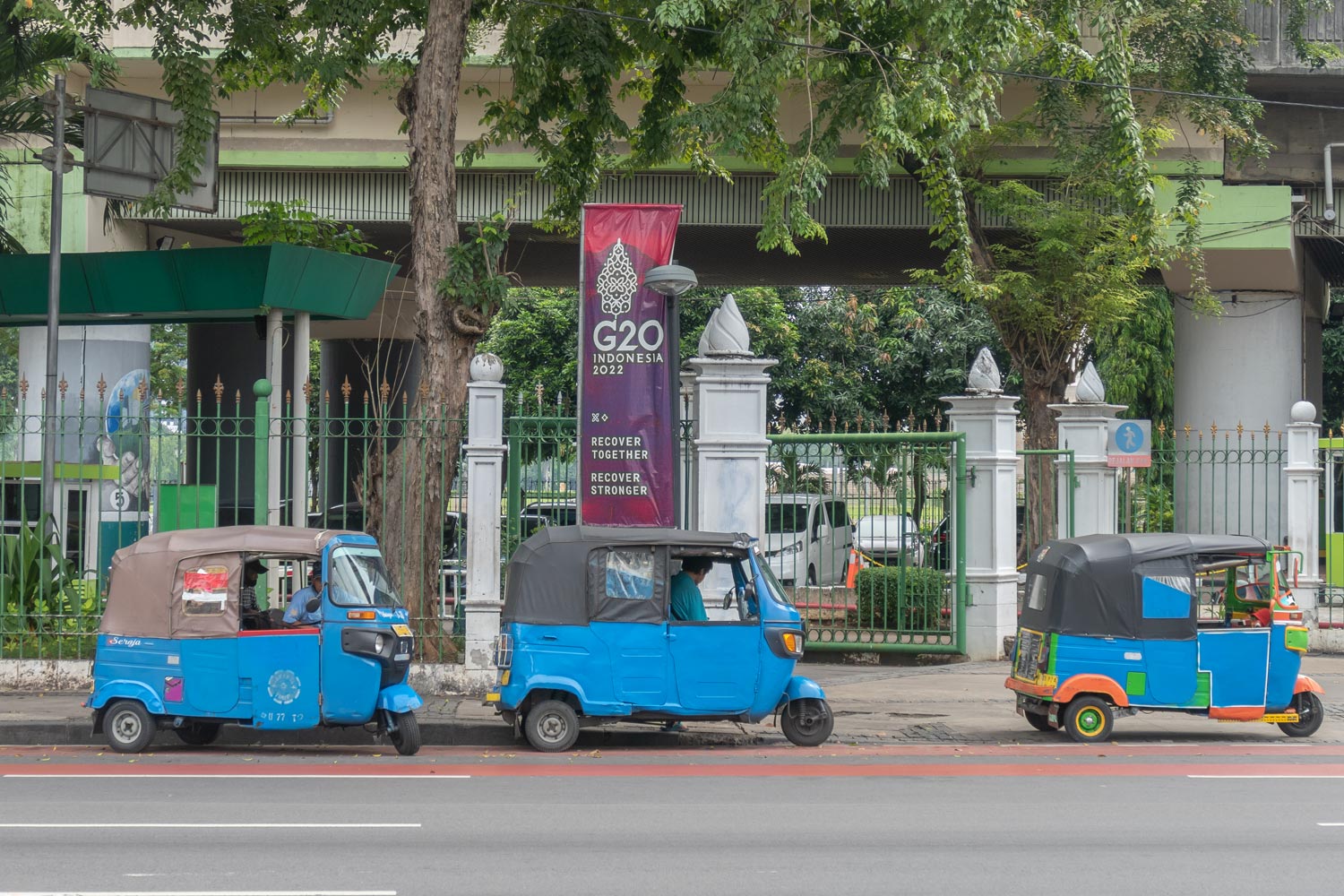
Overall, there is still some kind of movement going on in the country. Not far from the Juche monument, business districts with skyscrapers are already growing.
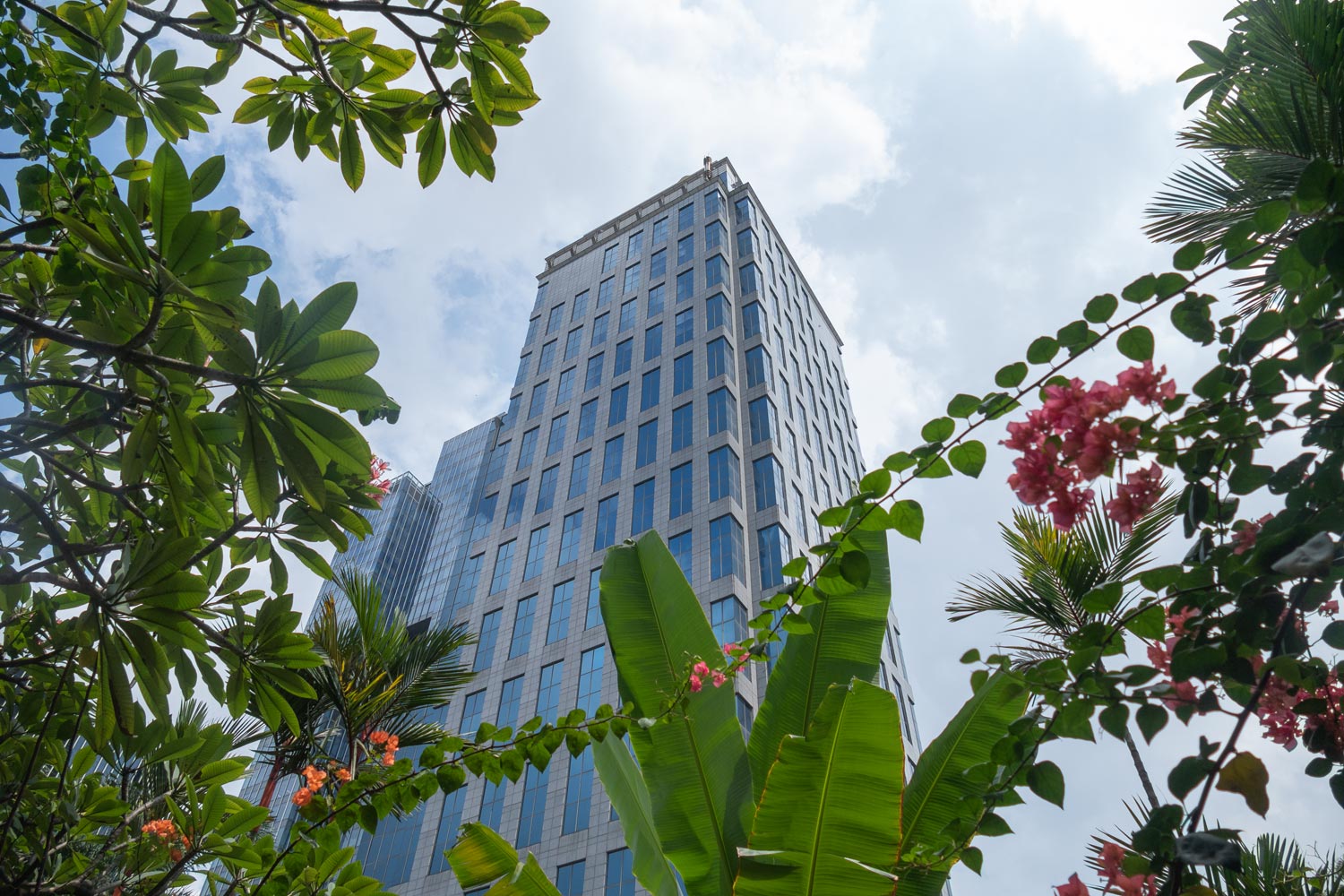
It smells of civilization right here.
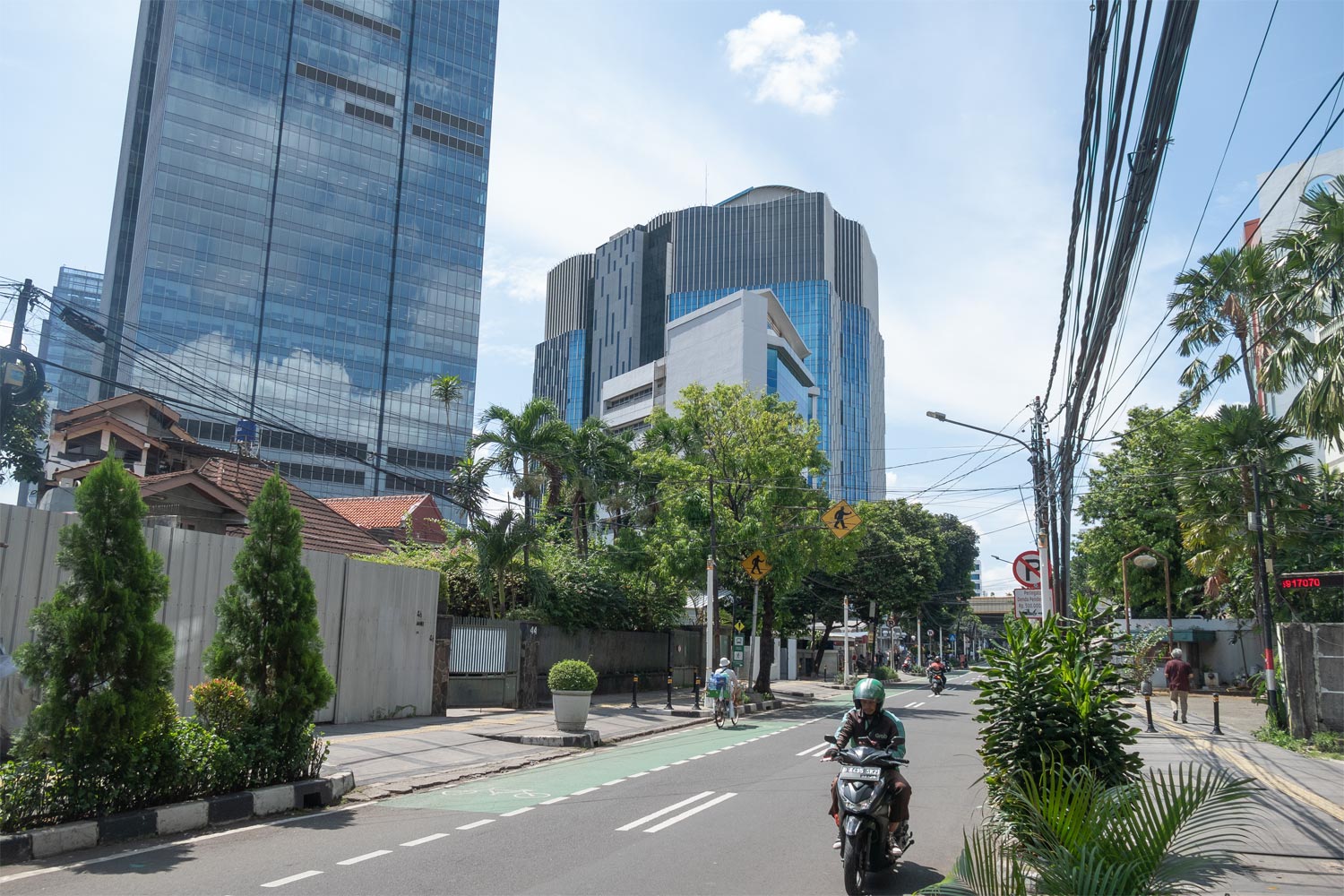
Clean streets, shiny stops, people in jackets.
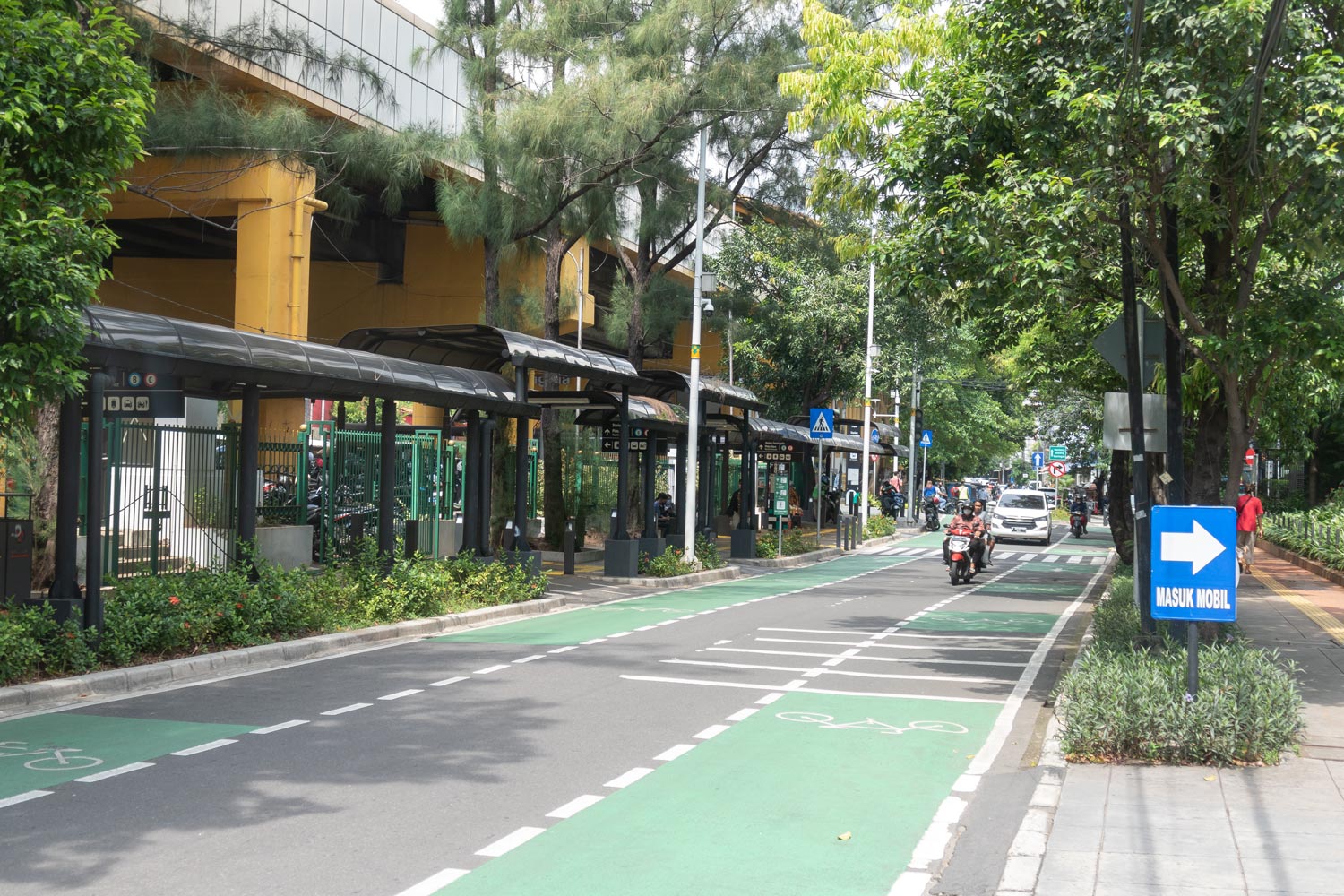
With an Asian bias, of course.
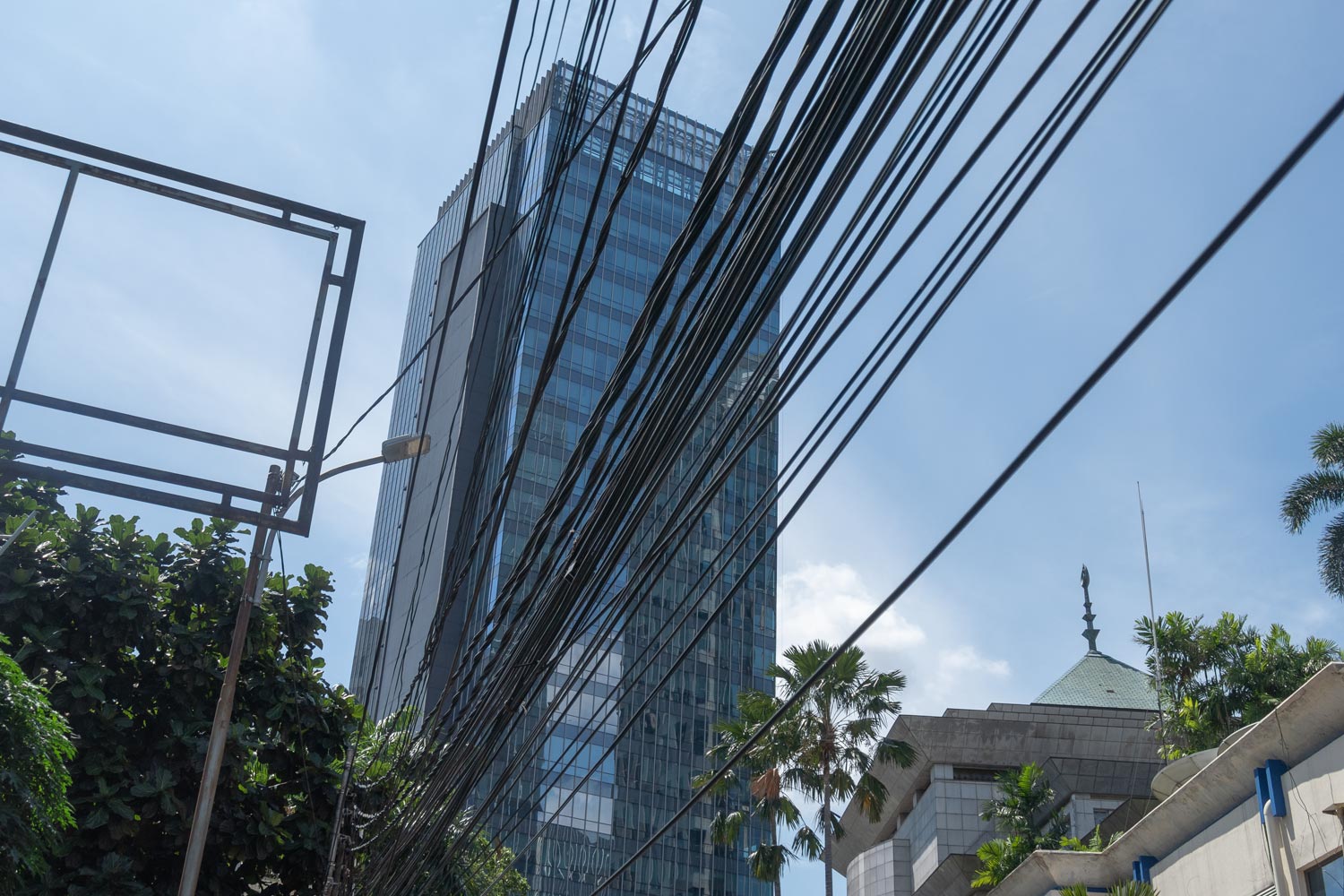
A small step away from the center, and there are thickets and huts. Well, this is a matter of everyday life.
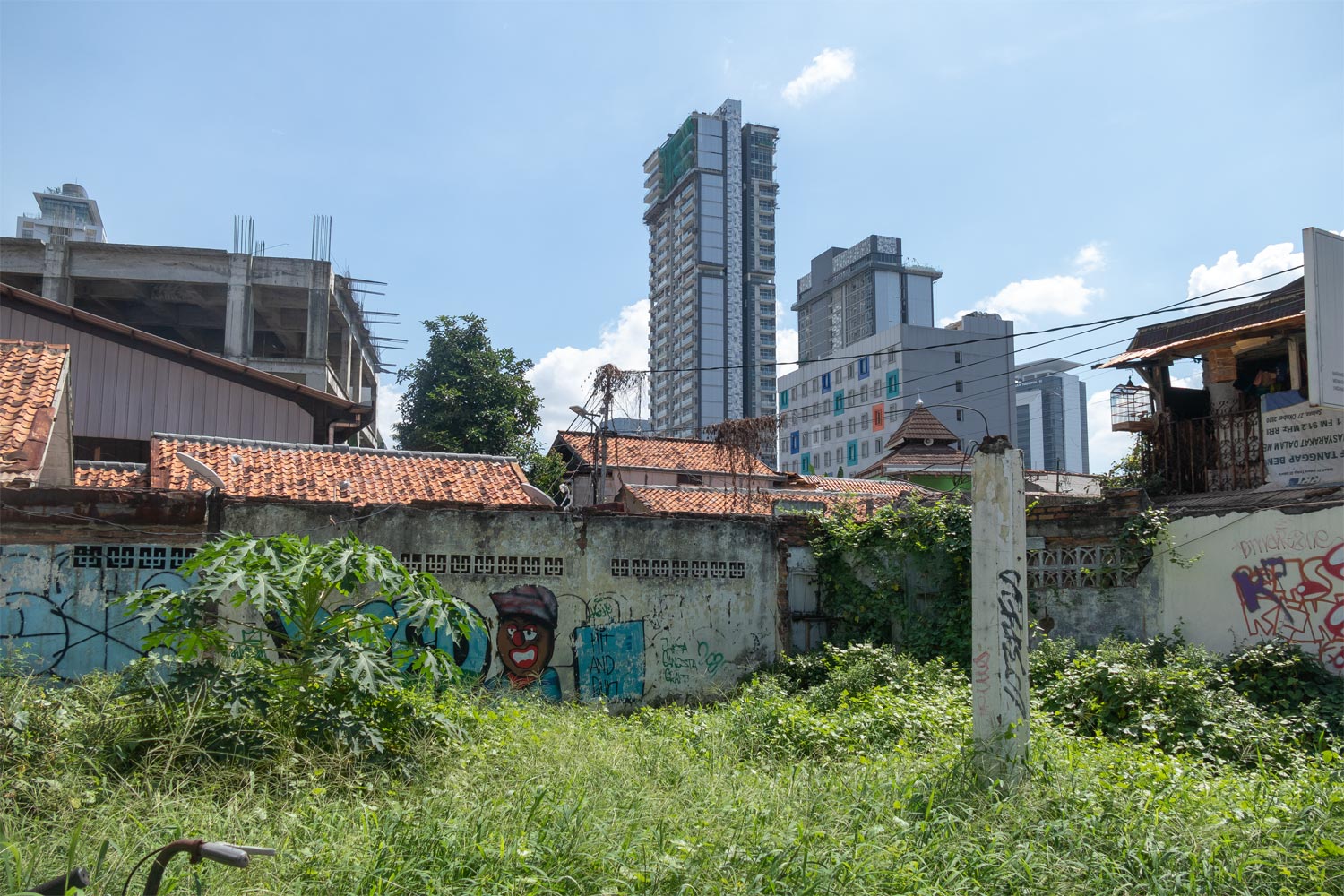
But the mosque fit in well.
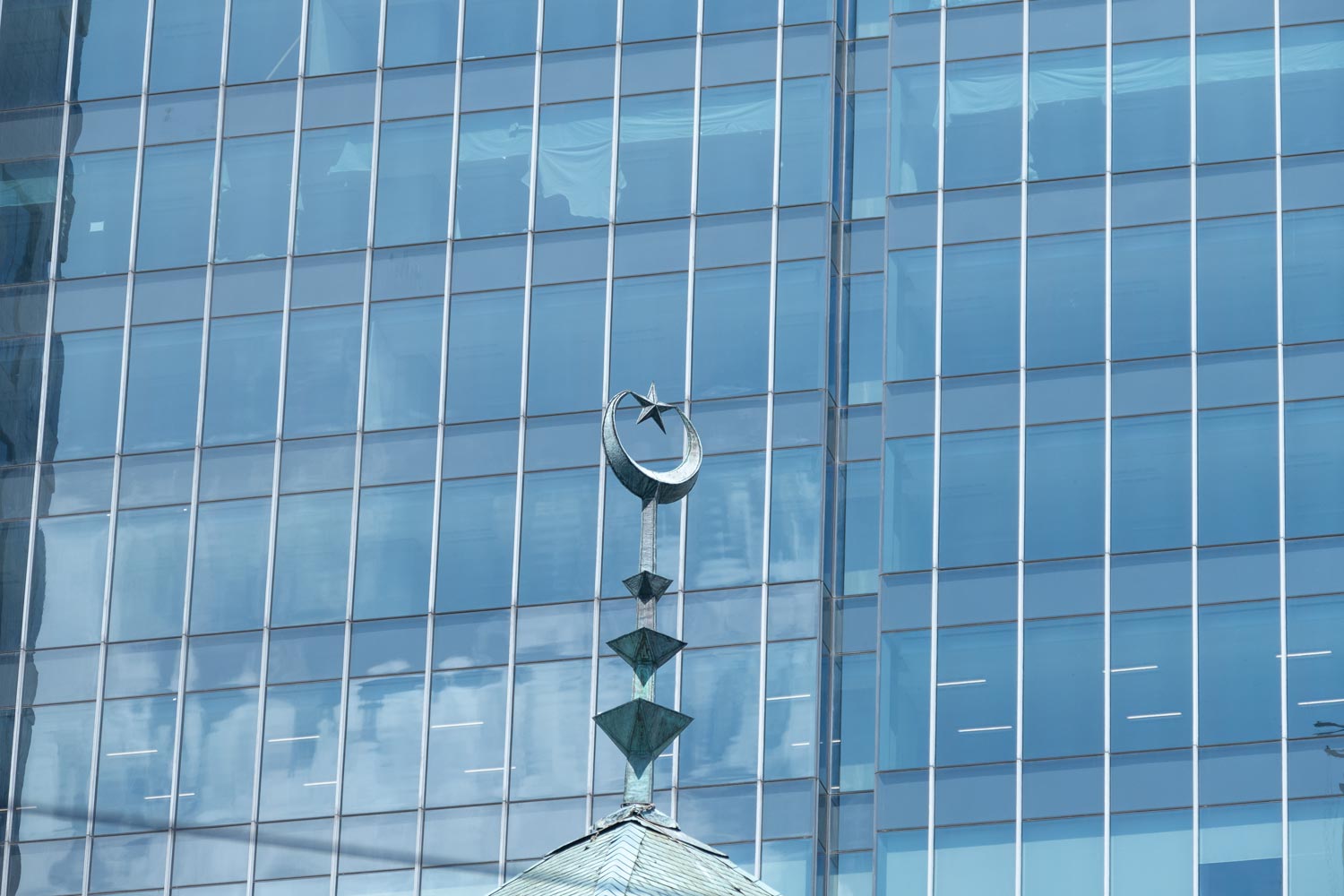
A trip by train gives a good idea of the country. Through the window you can see both skyscrapers and slums. The stratification is typical of a third world country that is trying to get up from its knees.
Historical center
“Is there a historical center in Jakarta?“ would the reader ask.
“Sure, it is a colony!” would respond the echo.
There was a small square left over from the Dutch occupation in Jakarta.
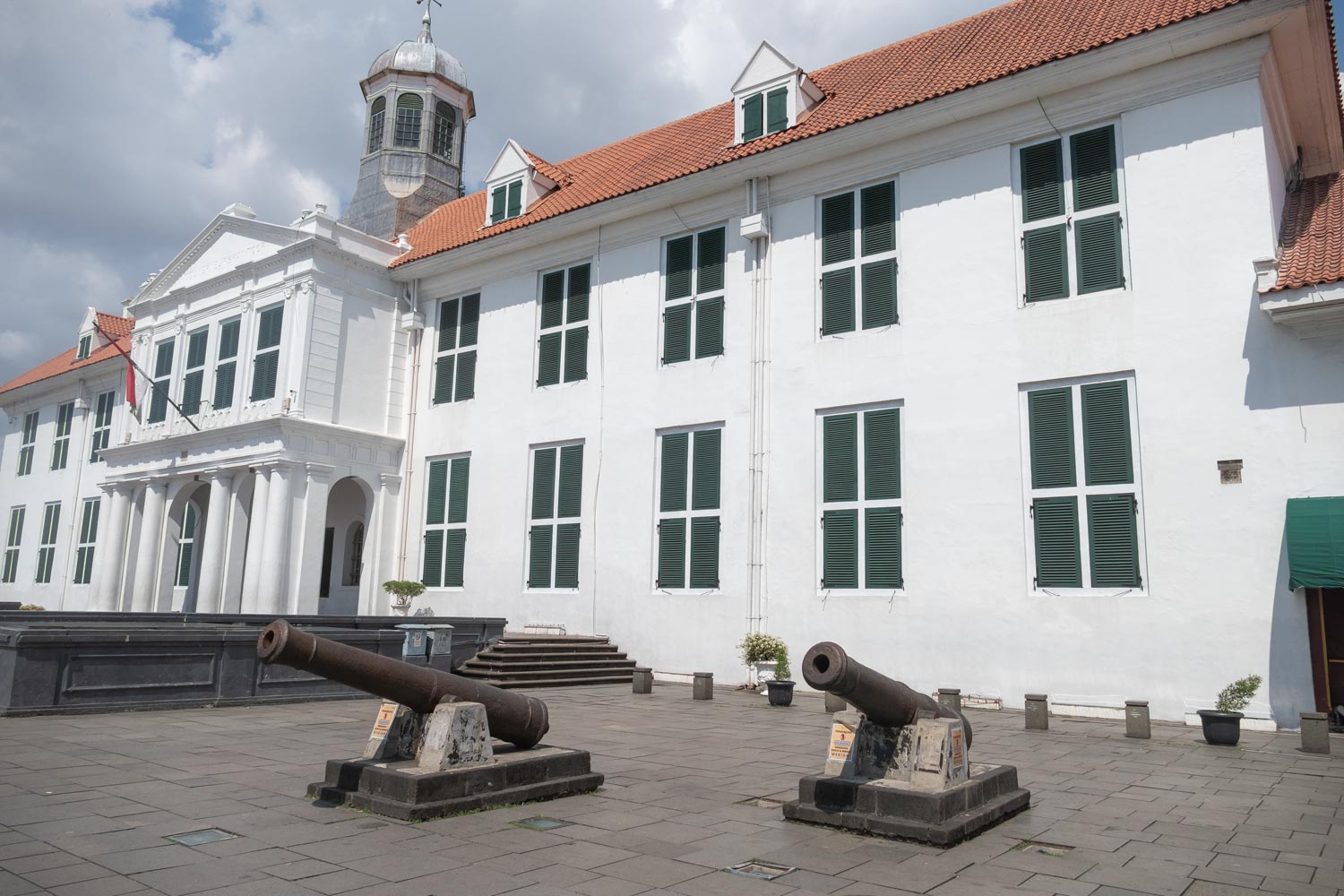
No, well, it’s just fine here.
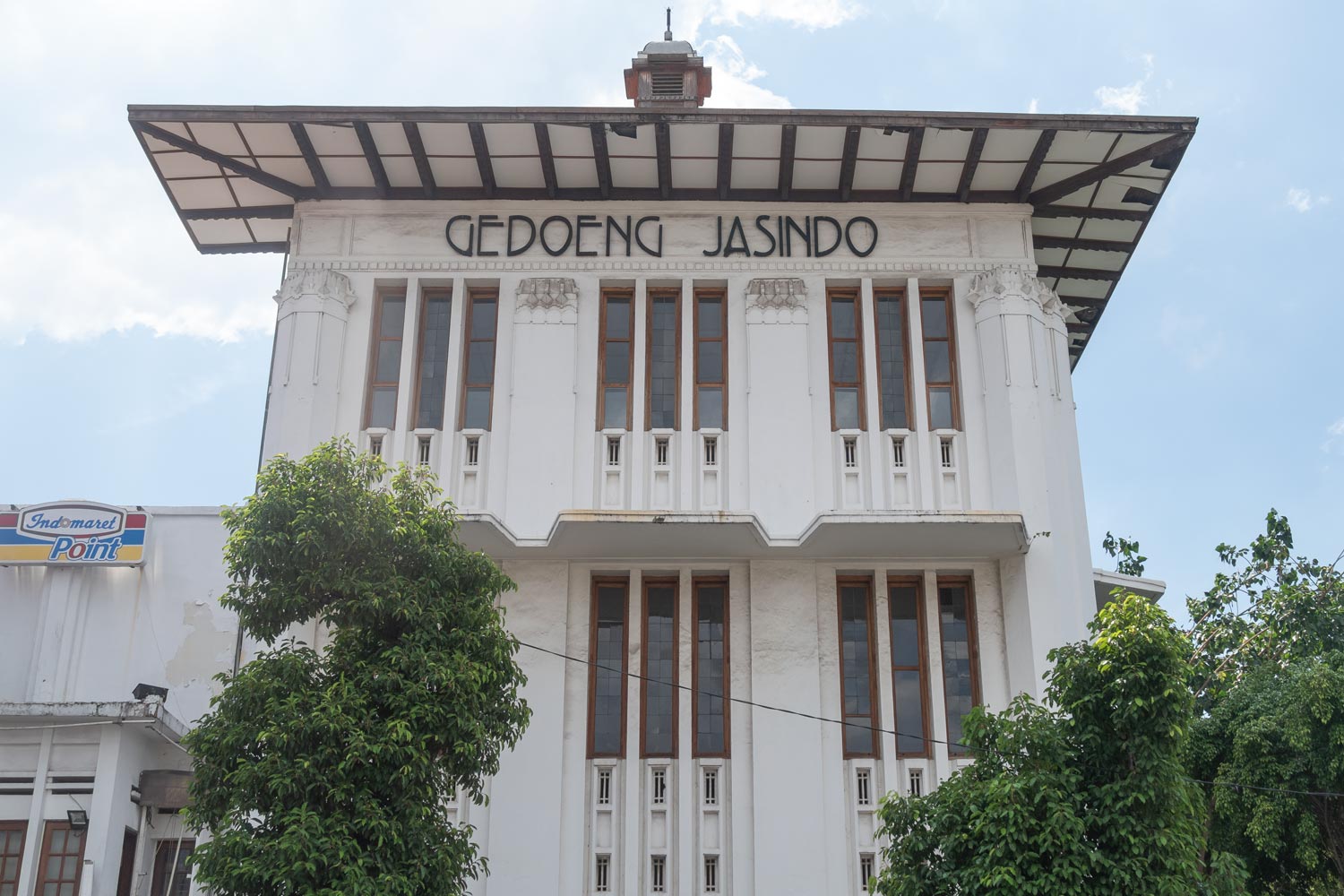
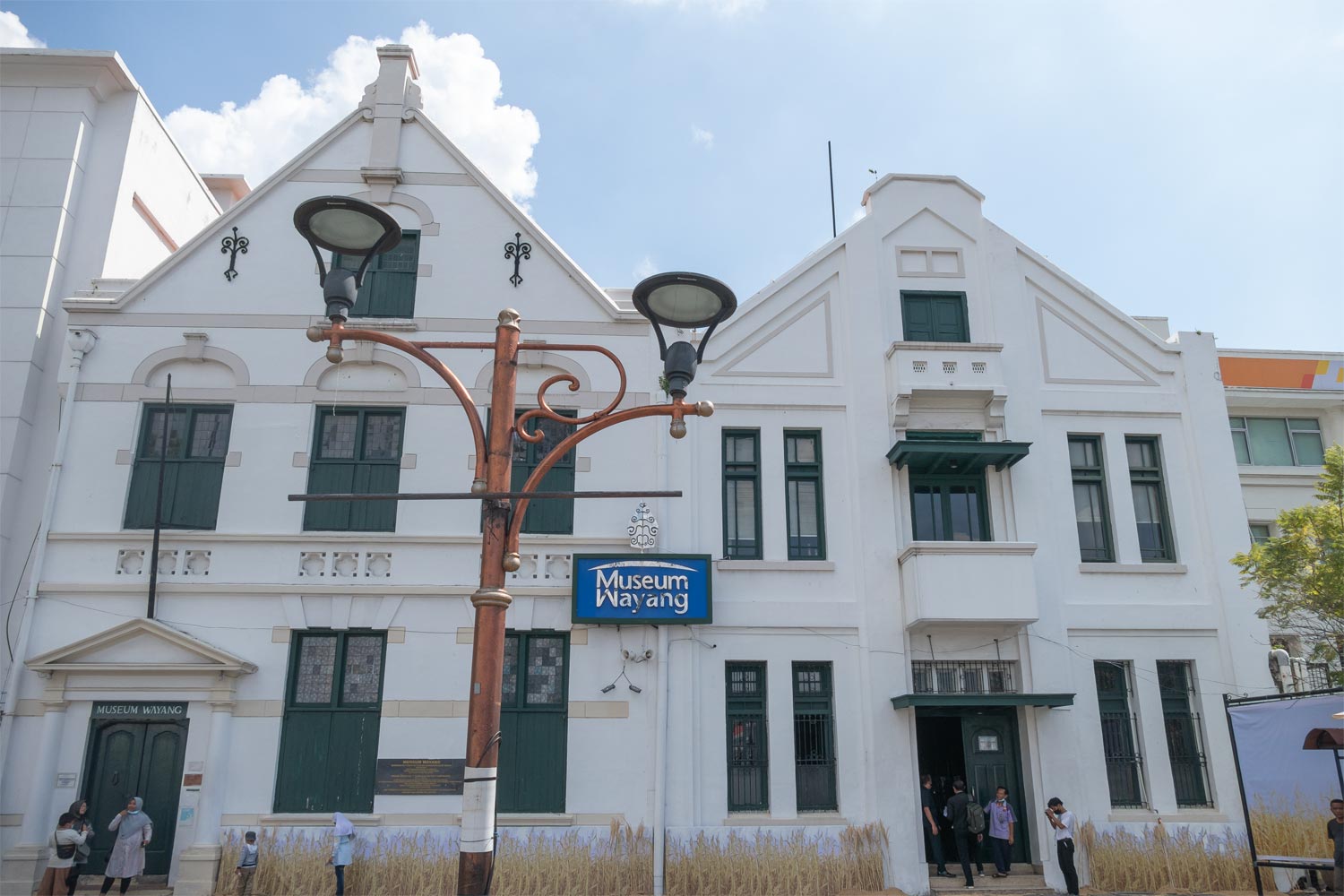
All Indonesian hipsters come here for a walk.
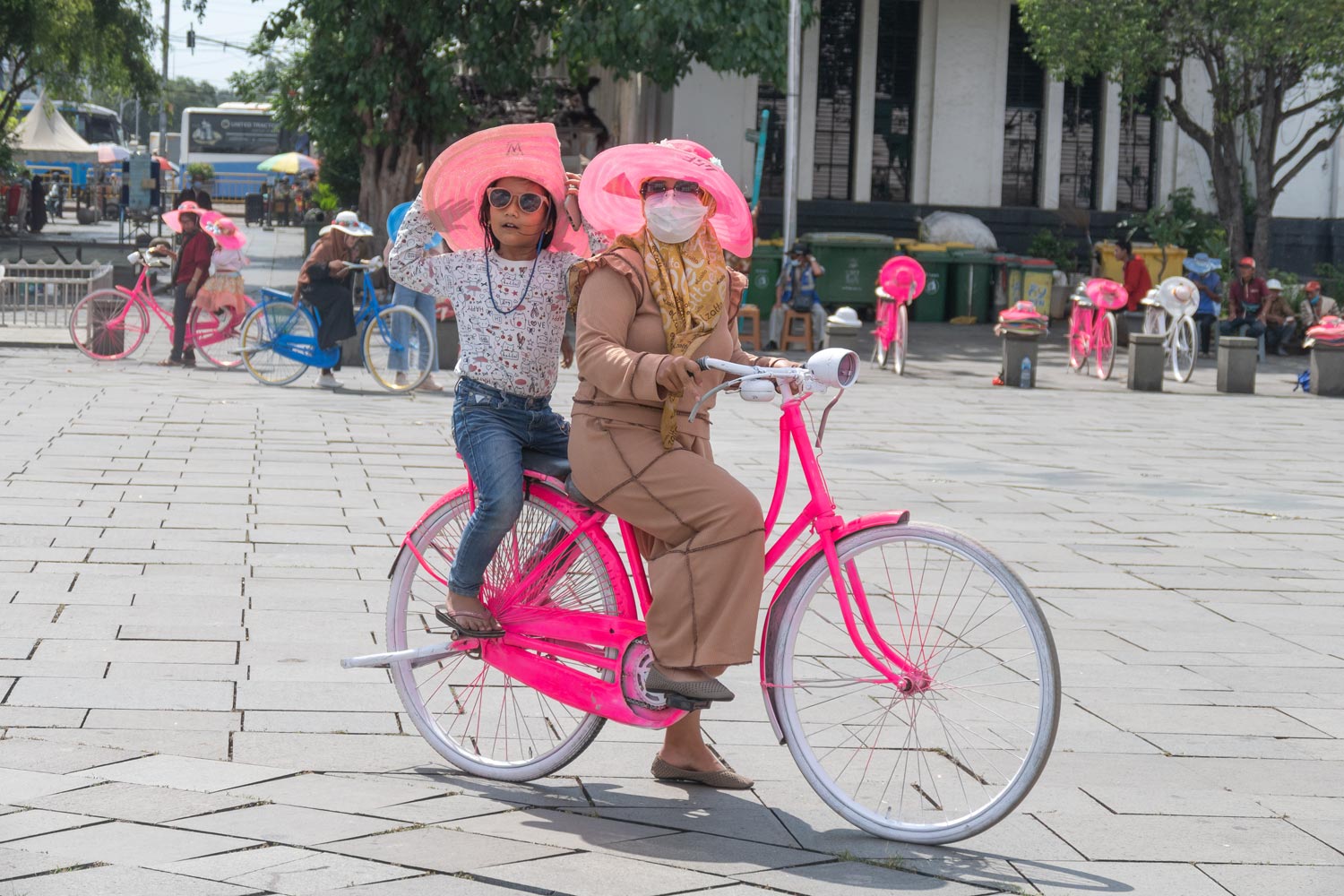
One thing is bad. To get here, you will have to break all your legs: spontaneous repairs are being carried out around, a lot of dust and construction debris. Well, around a couple of beautiful houses, as usual, there are shabby huts.
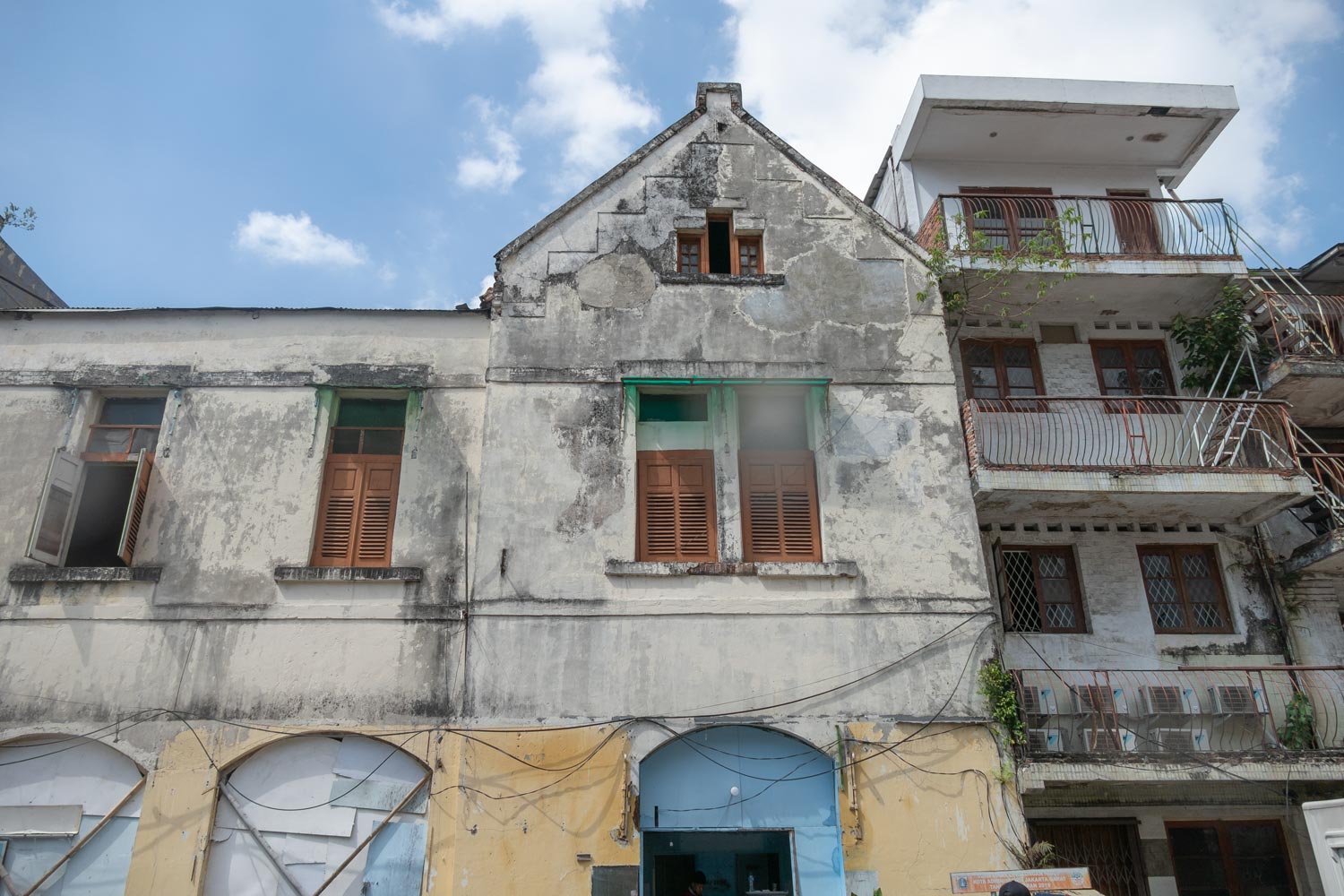
However, it is clear from what I have seen: the patient is more alive than dead.
